-
Renewables will provide 50% of SEE power demand in 2030. The European energy transition is underway.
By 2030, renewables will account for 55% of power generation in Europe, and 50% of power generation in SEE. Nearly 70% of renewable power in SEE will stem from wind and solar, given the excellent resource potential of these renewables in the region.
-
Cross-border power system integration will minimise flexibility needs. Wind and solar pose challenges for power systems due to their variable generation. But weather patterns differ across countries.
For example, wind generation can fluctuate from one hour to the next by up to 47% in Romania, whereas the comparable figure for Europe is just 6%. Moving from national to regional balancing substantially lowers national flexibility needs. Increased cross-border interconnections and regional cooperation are thus essential for integrating higher levels of wind and PV generation.
-
Conventional power plants will need to operate in a flexible manner. For economic reasons, hard coal and lignite will provide less than 25% of SEE power demand by 2030.
Accordingly, conventional power plants will need to flexibly mirror renewables generation: When renewables output is high, conventionals produce less, and when renewables output is low, fossil power plants increase production. Flexible operations will become an important aspect of power plant business models.
-
Security of supply in SEE power systems with 50% RES is ensured by a mix of conventional power plants and cross-border cooperation.
The available reserve capacity margin in SEE will remain above 35% in 2030. More interconnectors, market integration and regional cooperation will be key factors for maximising national security of supply and minimising power system costs. SEE can be an important player in European power markets by providing flexibility services to CEE in years of high hydro availability.
The Southeast European power system in 2030
Flexibility challenges and regional cooperation benefits

Preface
Energy systems in Europe are undergoing a fundamental transformation. As fossil fuels are increasingly phased out, renewables and energy efficiency will become the backbones of the new energy system. As early as 2030, 55% of the electricity being generated in Europe will come from renewables.
While this transition will help to mitigate global warming, it also makes economic sense. The cost of wind power and solar PV has dropped significantly in recent decades, and further cost reductions are anticipated. Power systems in Southeast Europe (SEE), being largely dependent on lignite-fired electricity, will also undergo dramatic change. By 2030, renewables will be responsible for some 50% of power output in SEE, with wind and solar accounting for two-thirds of this generation.
As wind and solar are weather-dependent, their production patterns are variable. Power systems will have to cope with this variable generation by becoming much more flexible. Moreover, in order to ensure security of supply at the lowest possible cost, stronger physical integration of power systems and regional cooperation will be key.
To better understand the issues at stake, we have commissioned experts from REKK to examine potential developments up to 2030 in SEE: What kinds of flexibility requirements arise from the projected growth of wind and PV? To what extent can further power market integration within SEE and beyond help to meet this challenge? And will power systems still possess sufficient reserve margins to guarantee security of supply in critical situations?
I hope you find this study an inspiring and enjoyable read. Your comments are of course welcome.
Key findings
Bibliographical data
Downloads
-
pdf 2 MB
The Southeast European power system in 2030
Flexibility challenges and benefits from regional integration
All figures in this publication
Main inputs and outputs of the EPMM model
Figure 1 from The Southeast European power system in 2030 on page 19
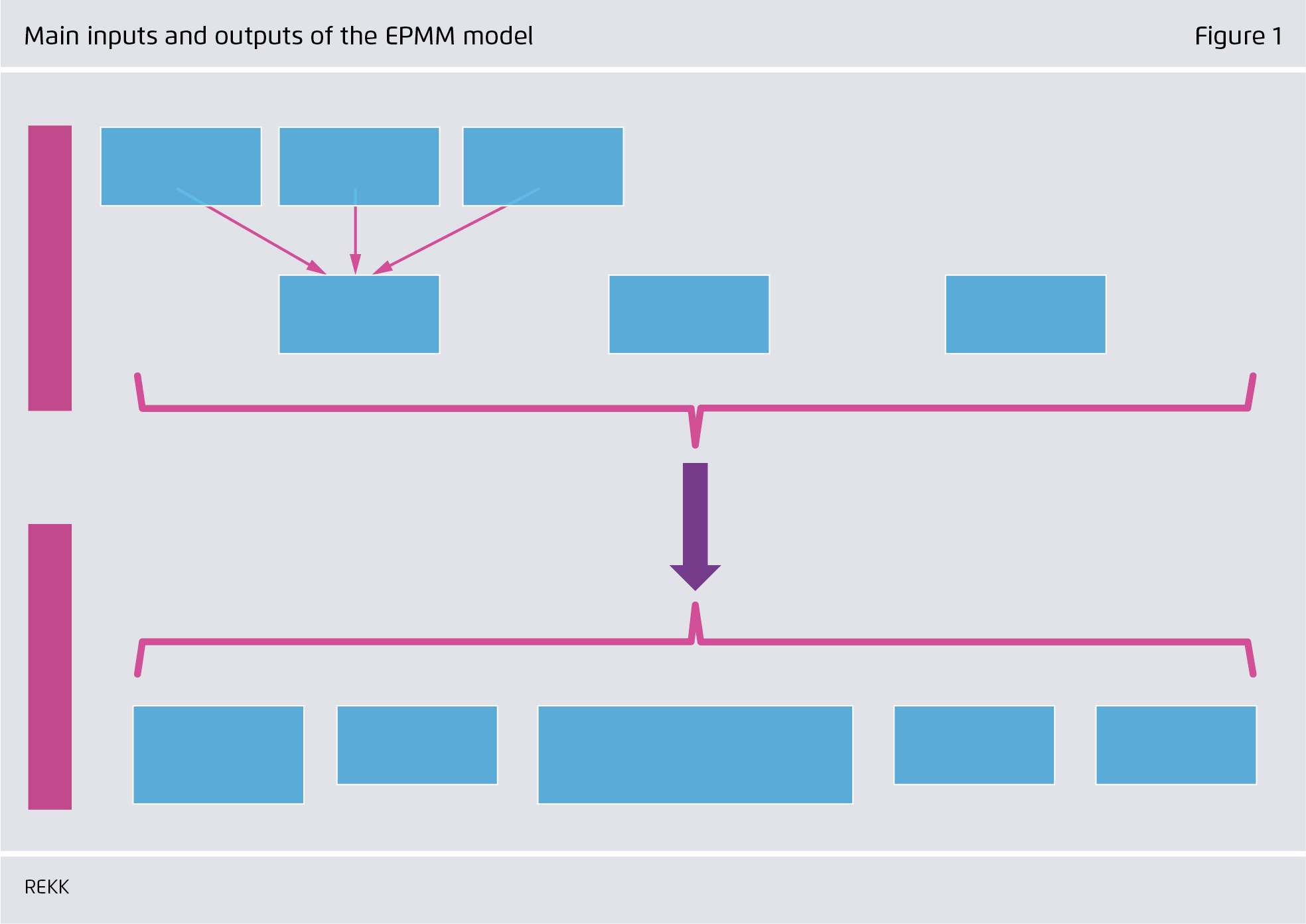
Electricity generation mix of the SEE region, 2017 (actual data) and 2030 (decarbonization scenario)
Figure 2 from The Southeast European power system in 2030 on page 23
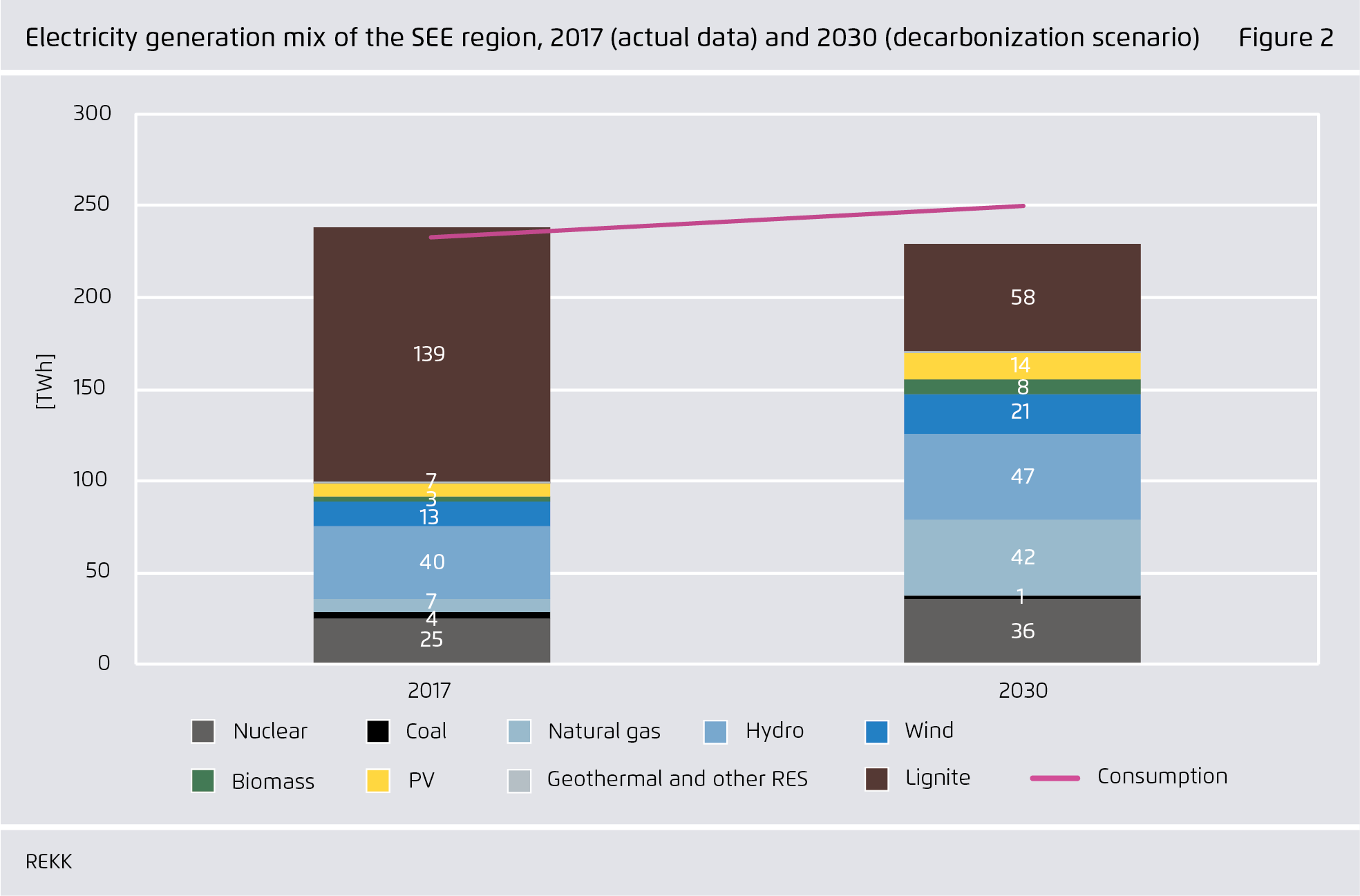

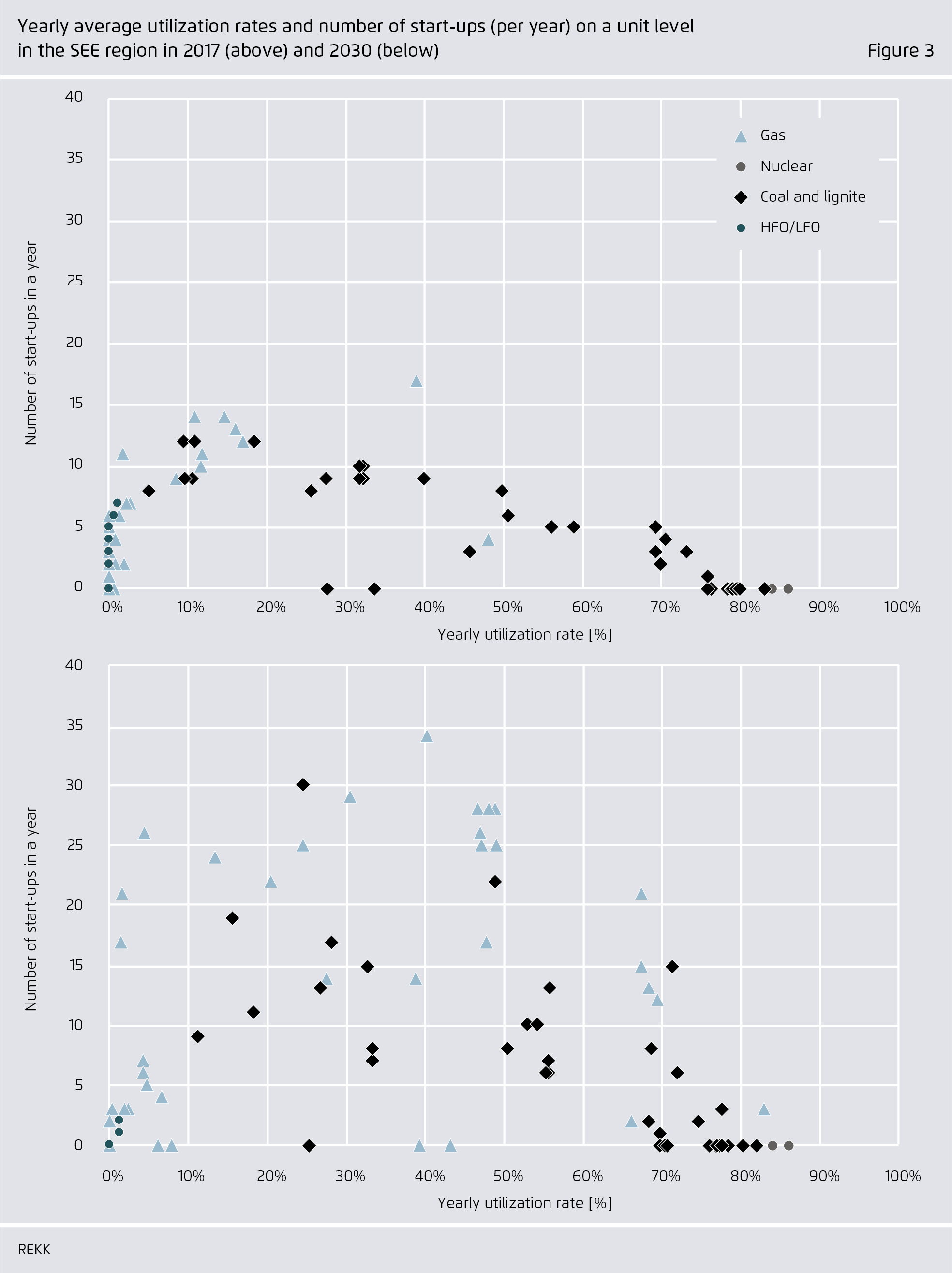
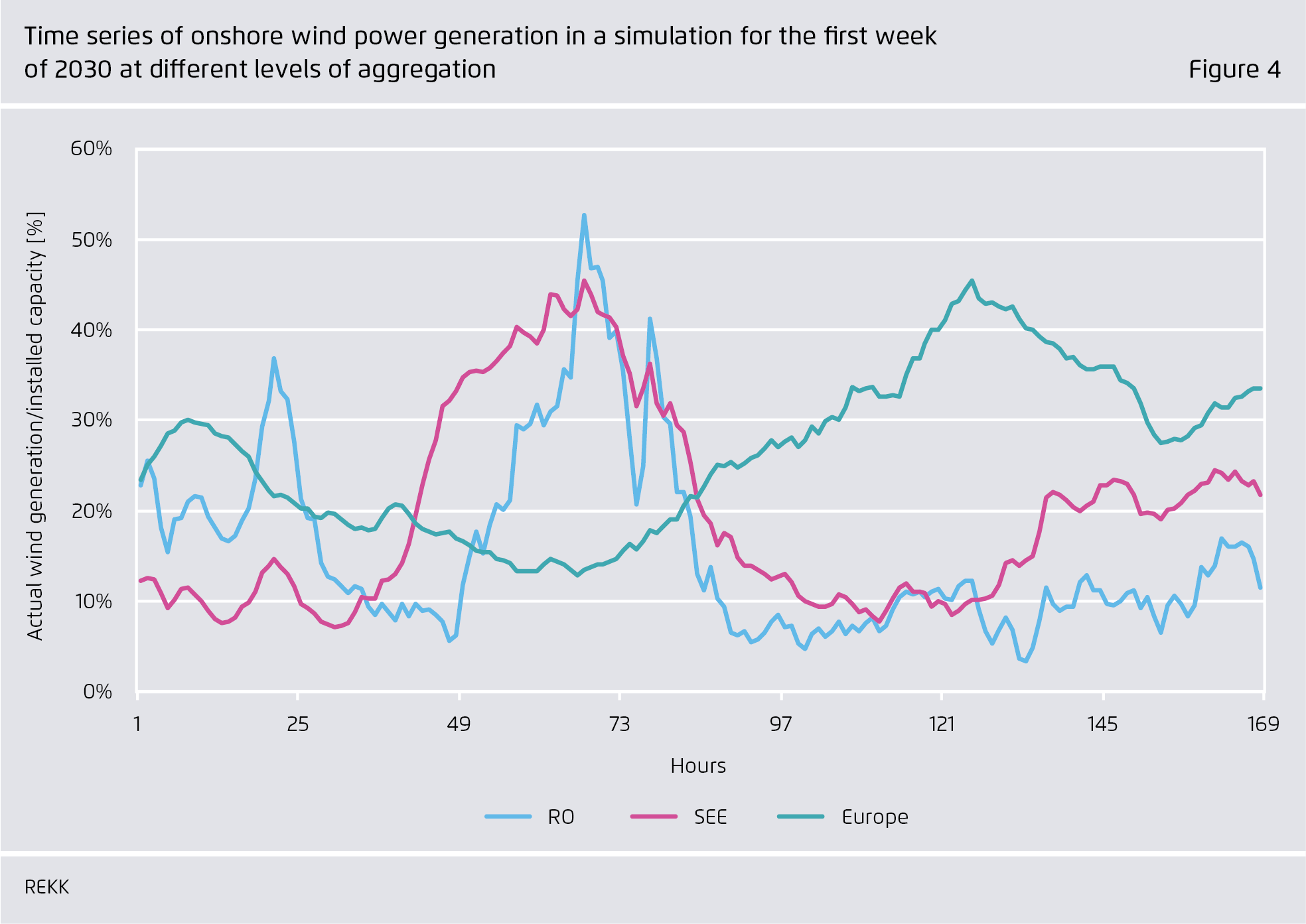
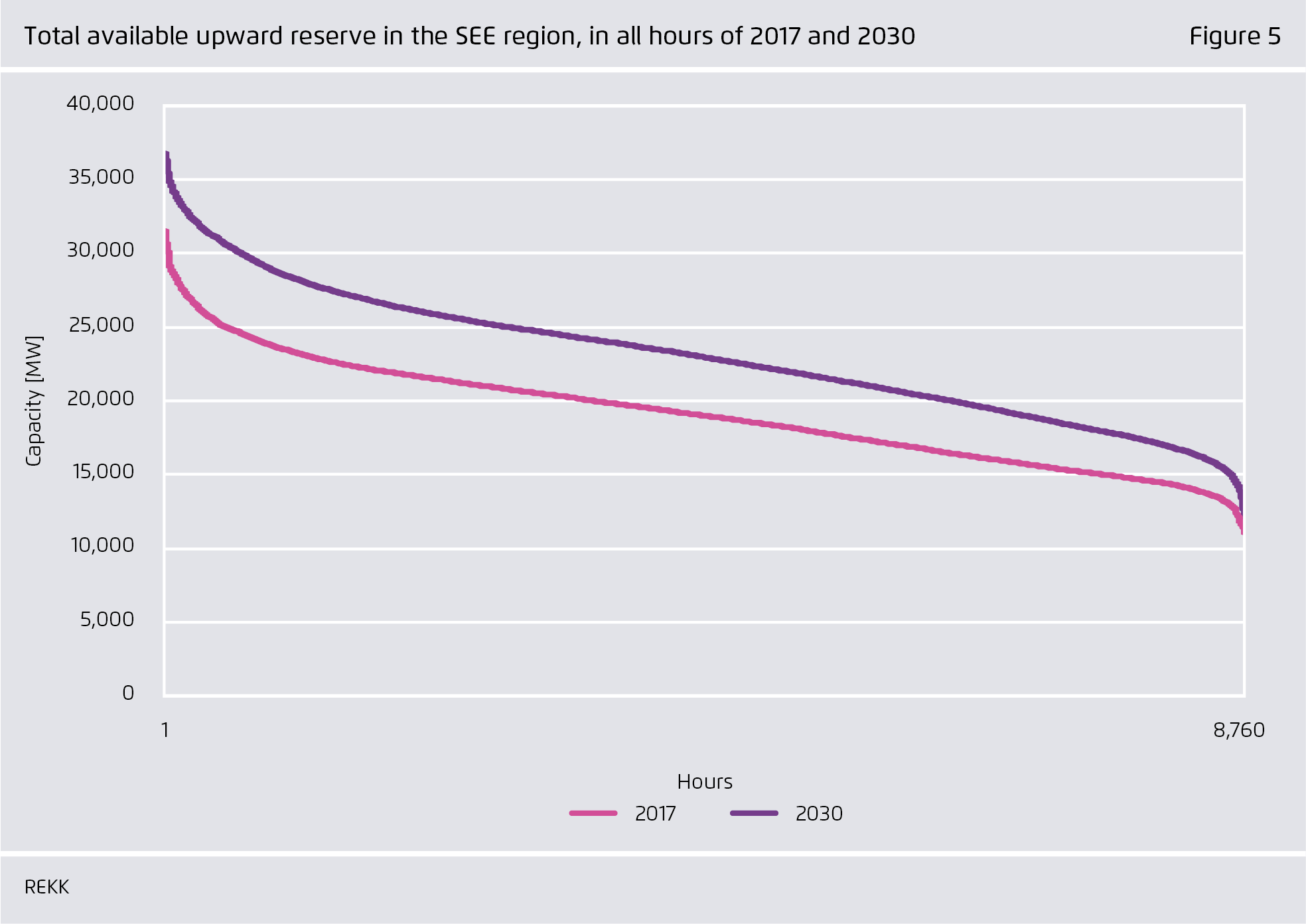
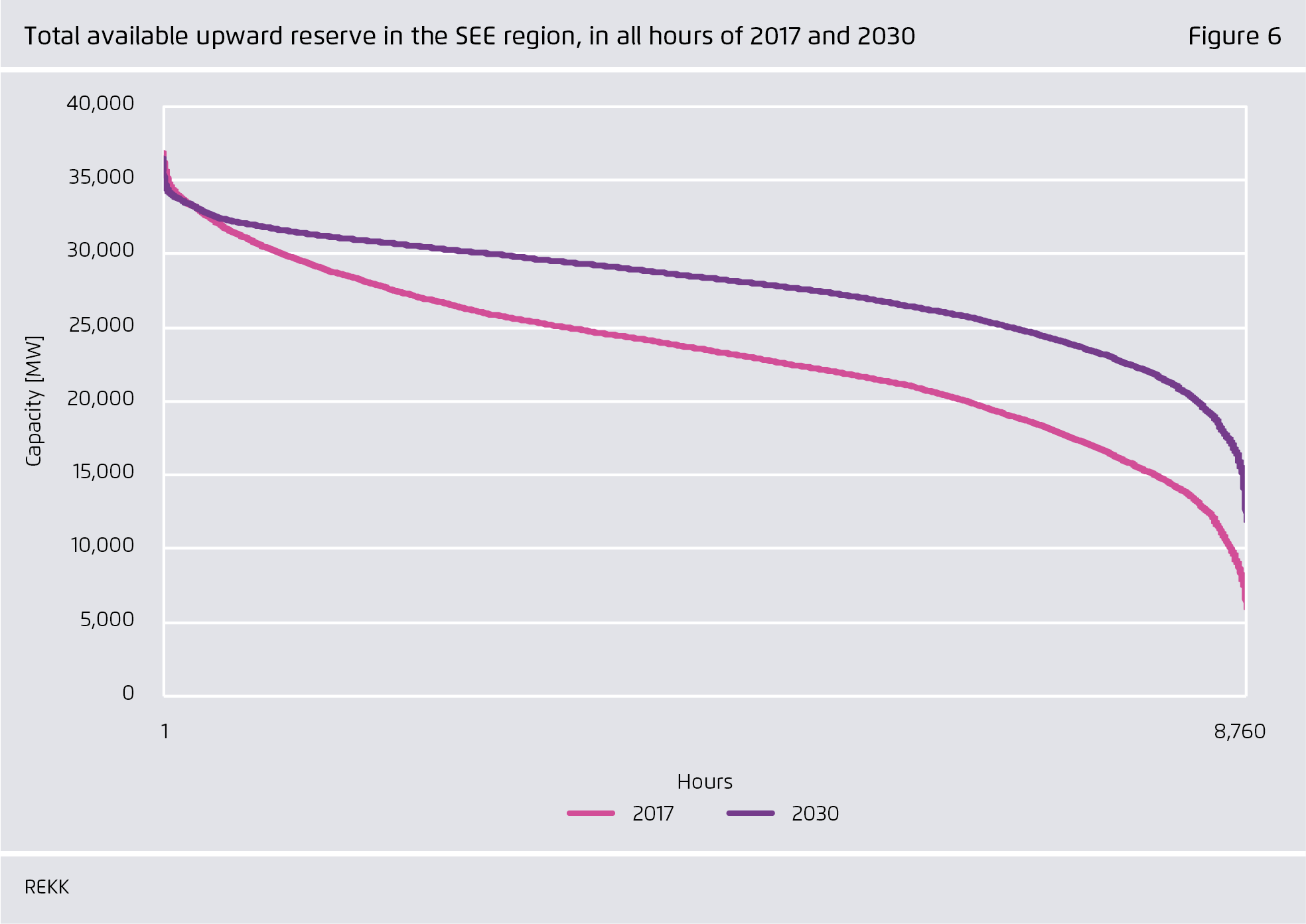
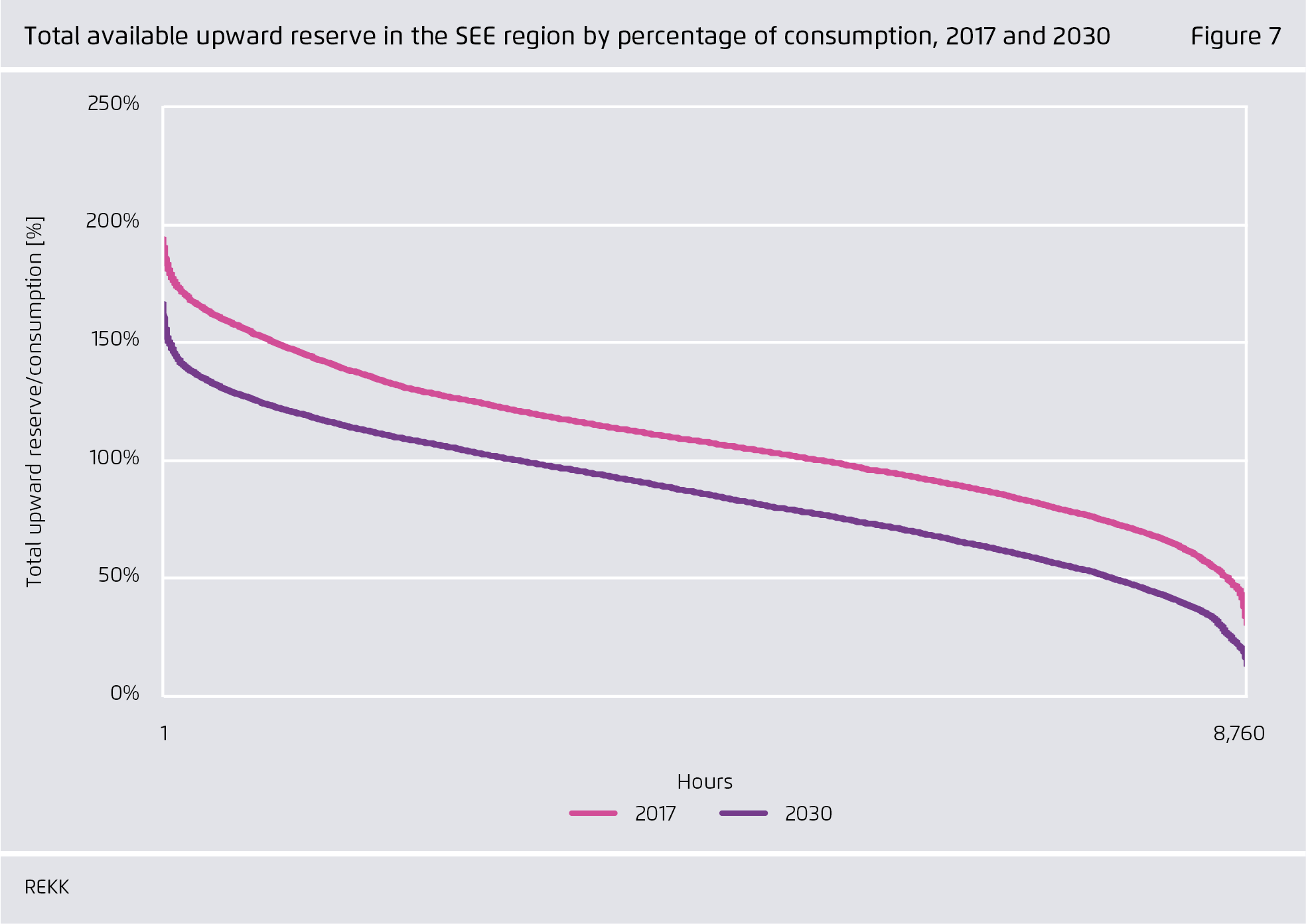
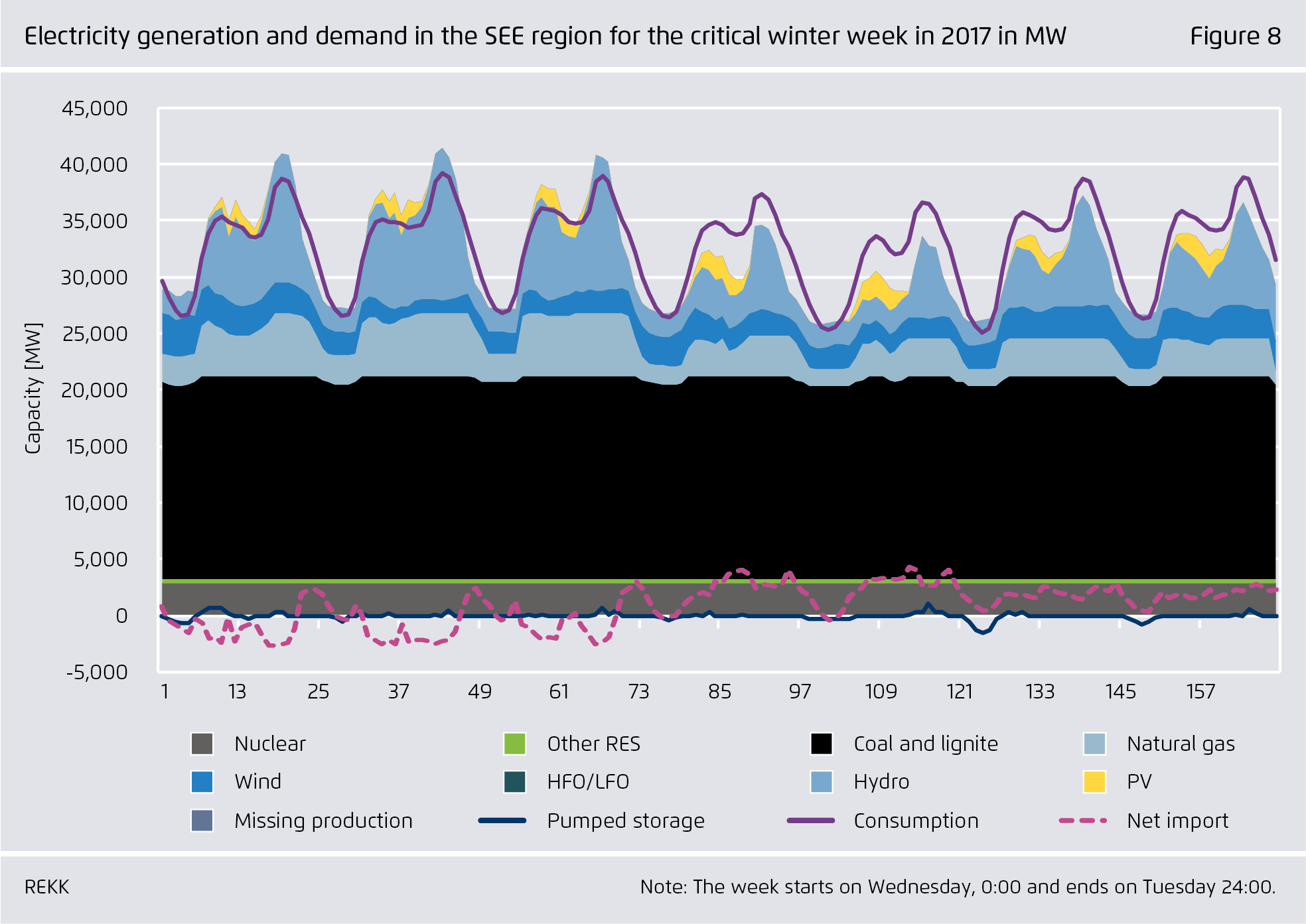
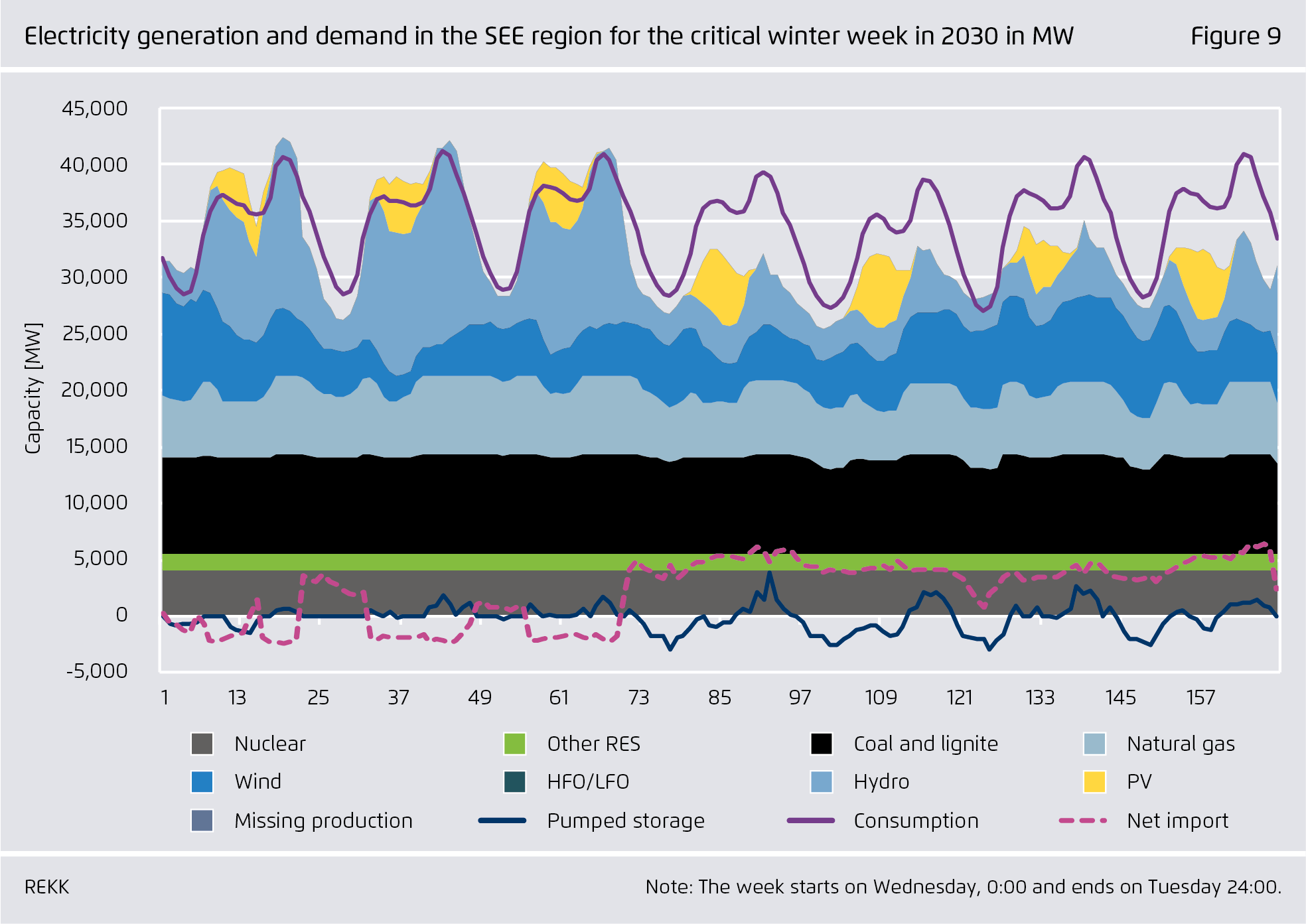
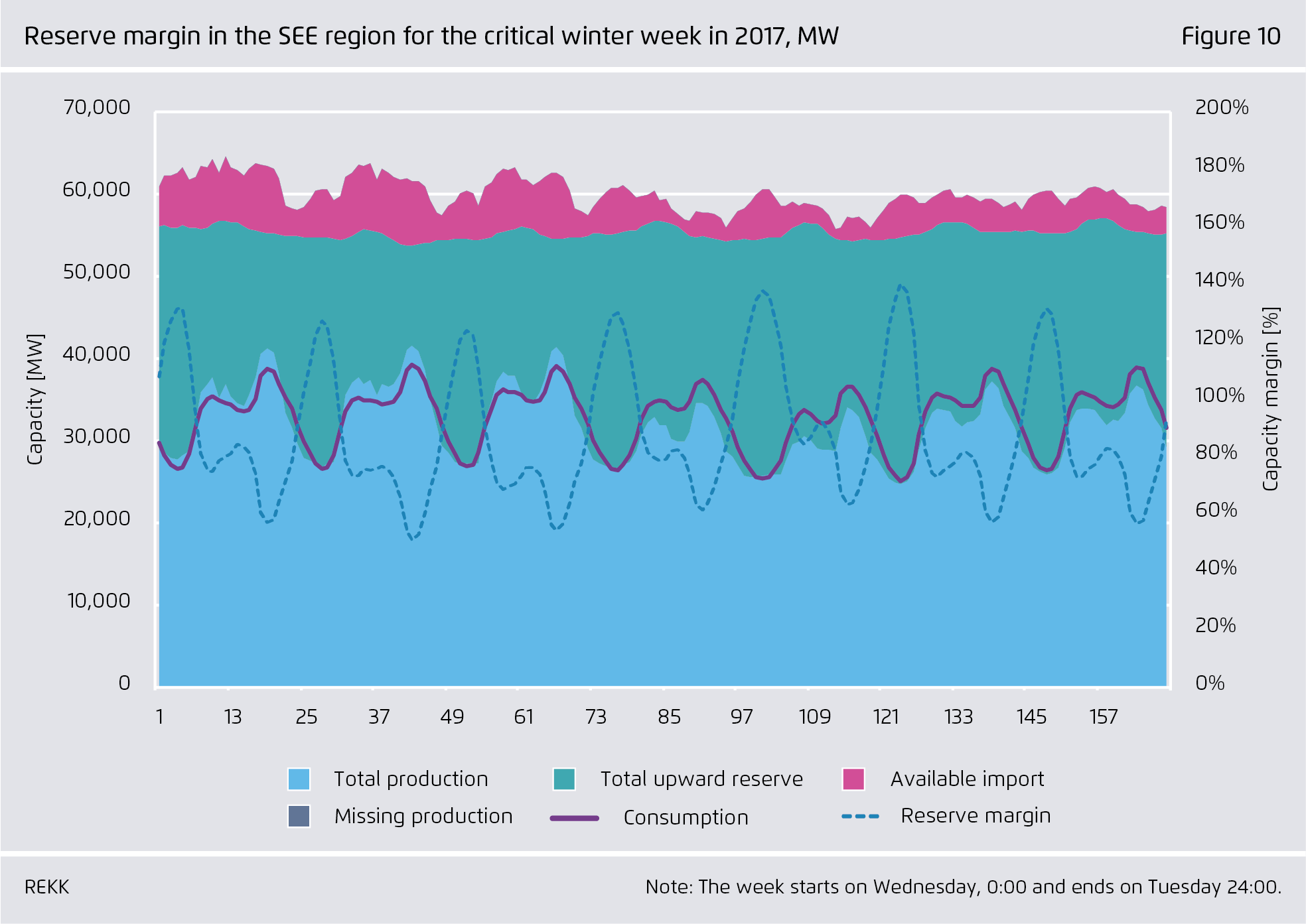
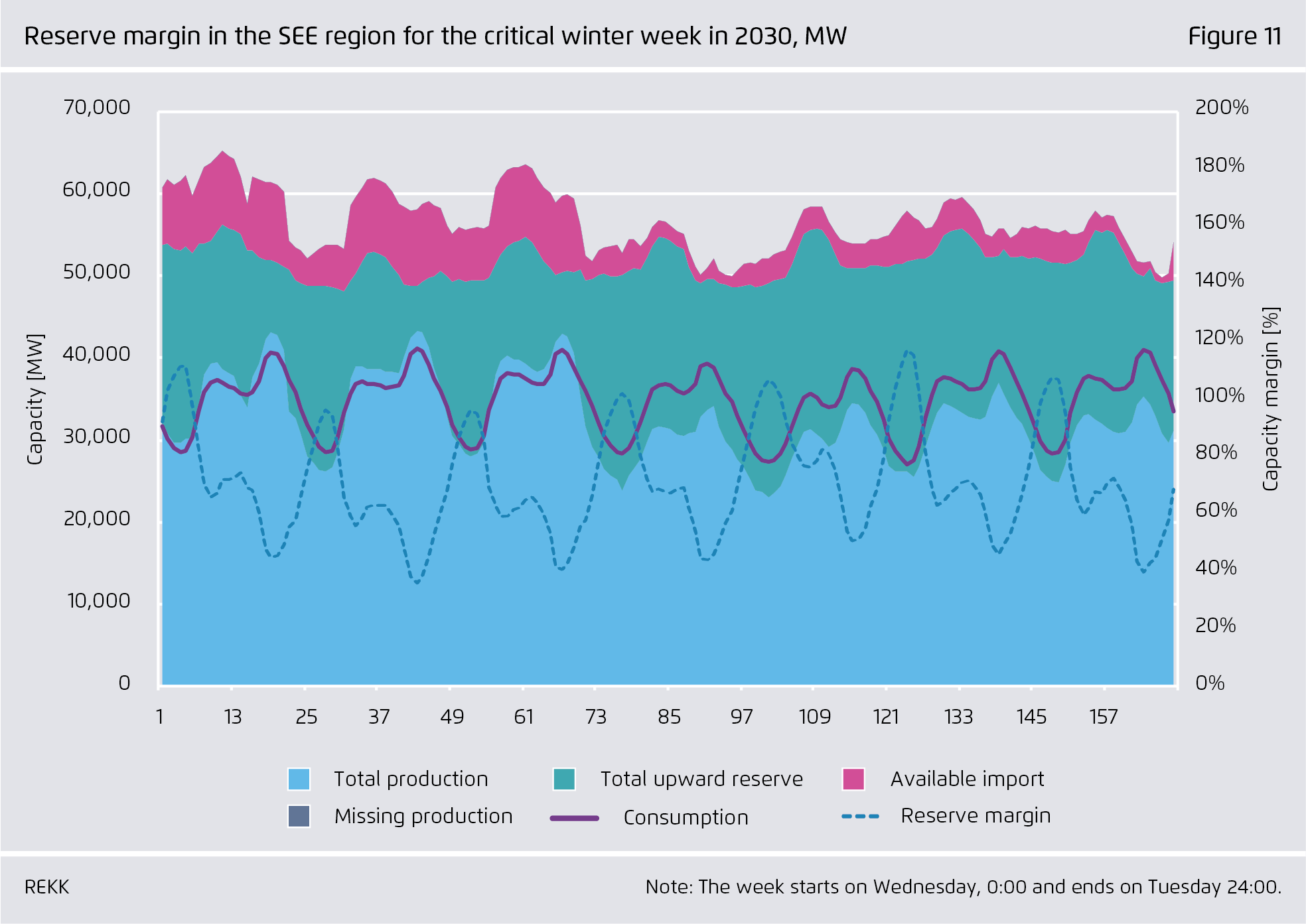
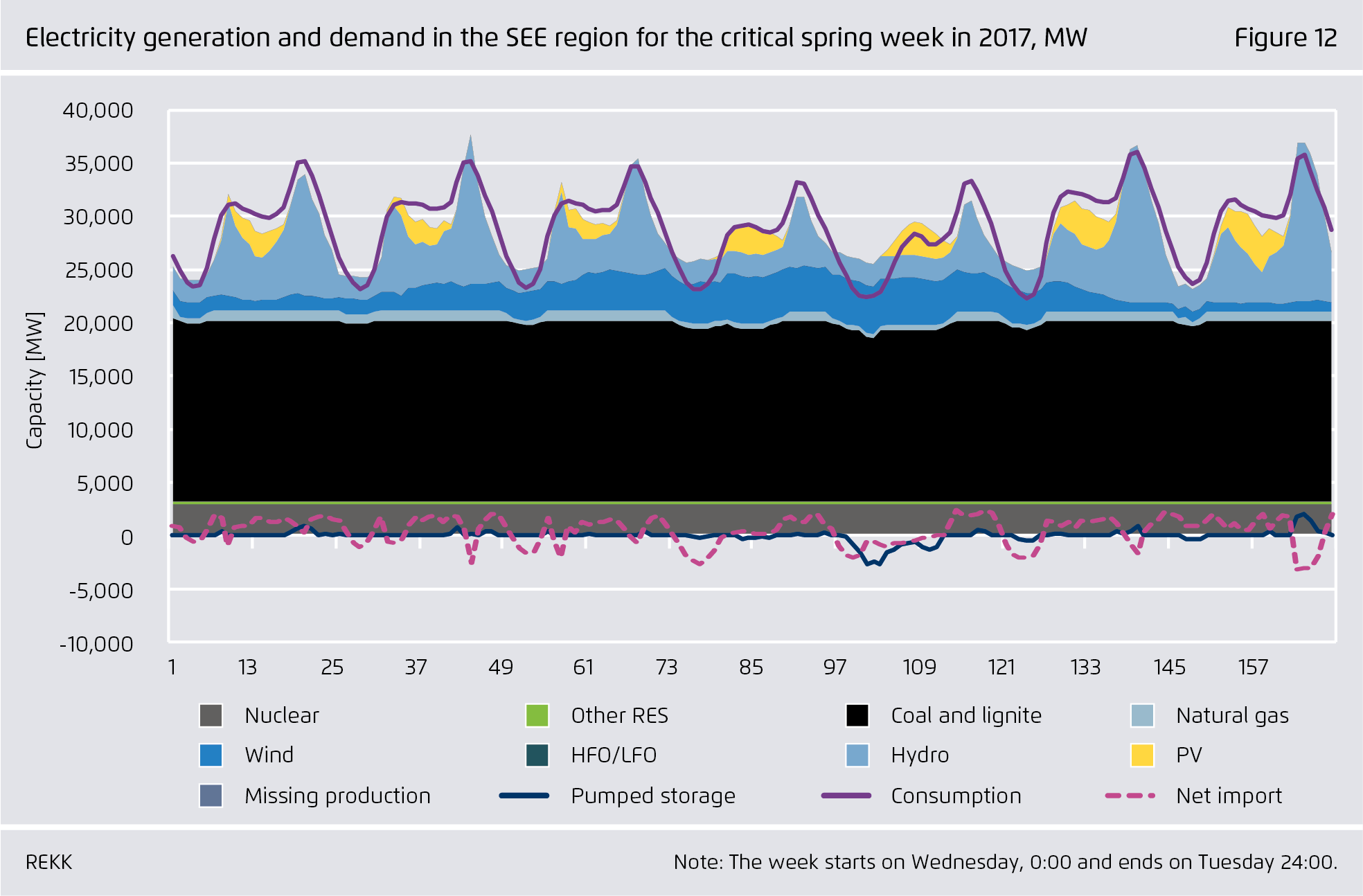
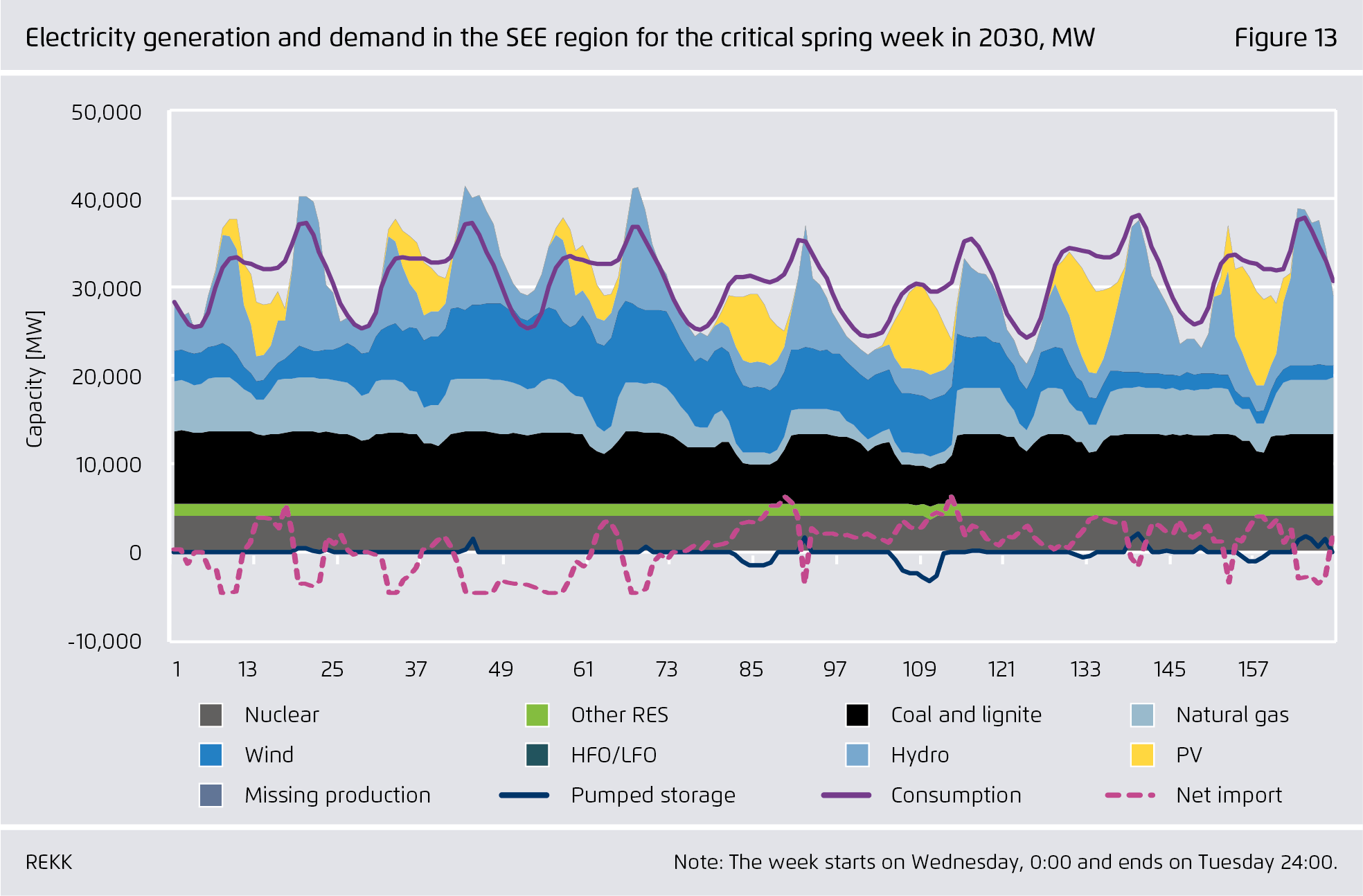
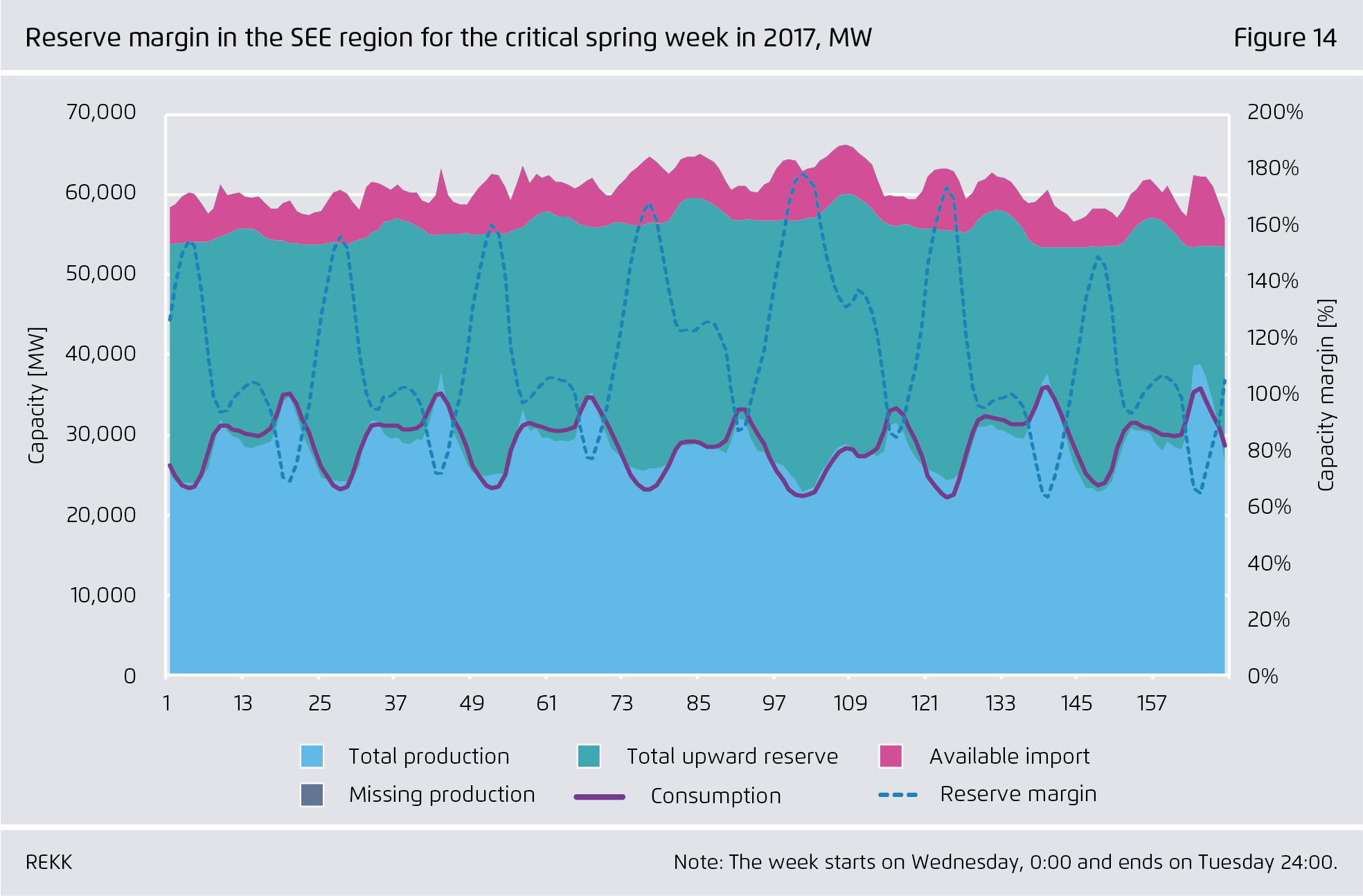
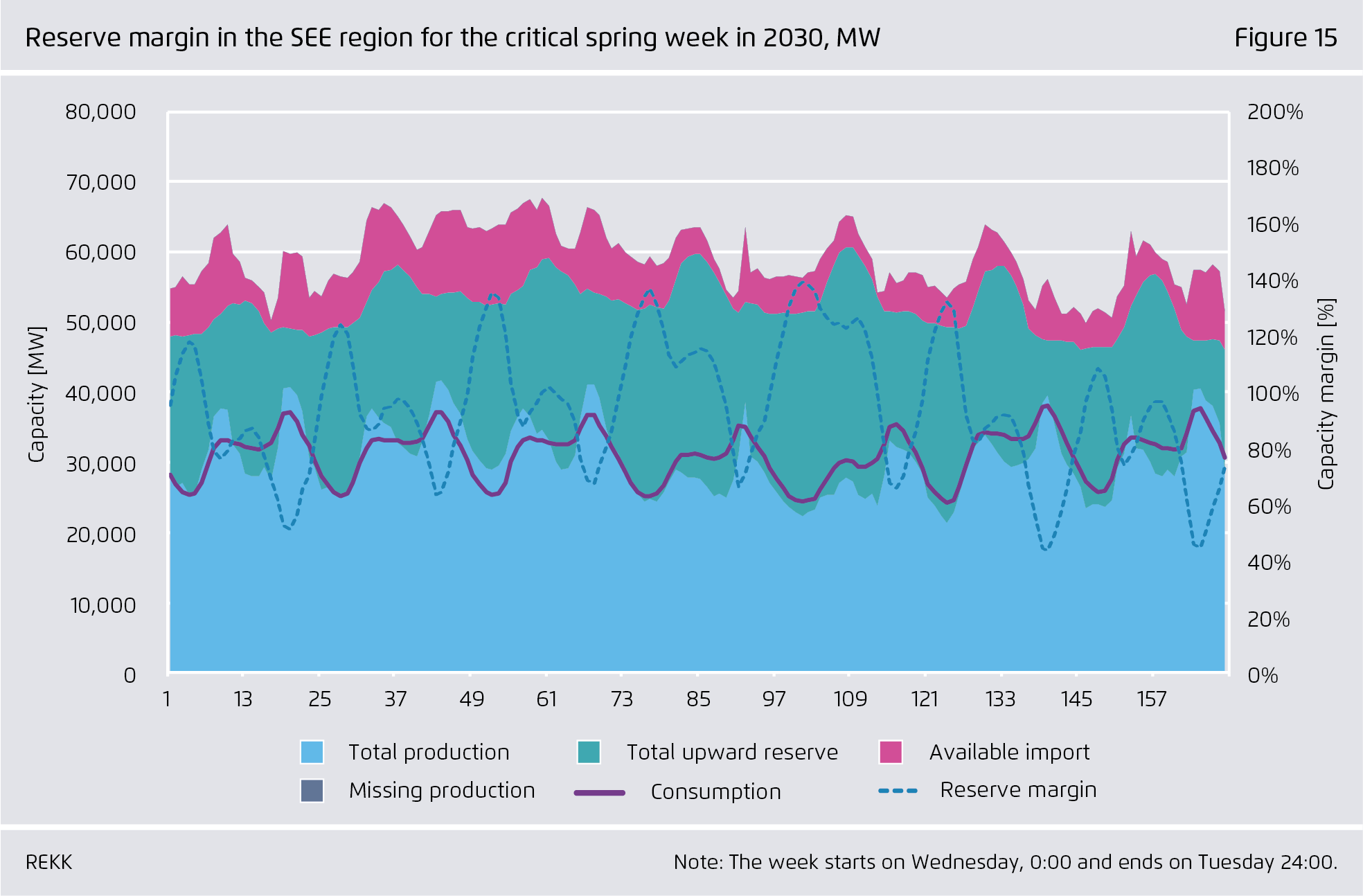
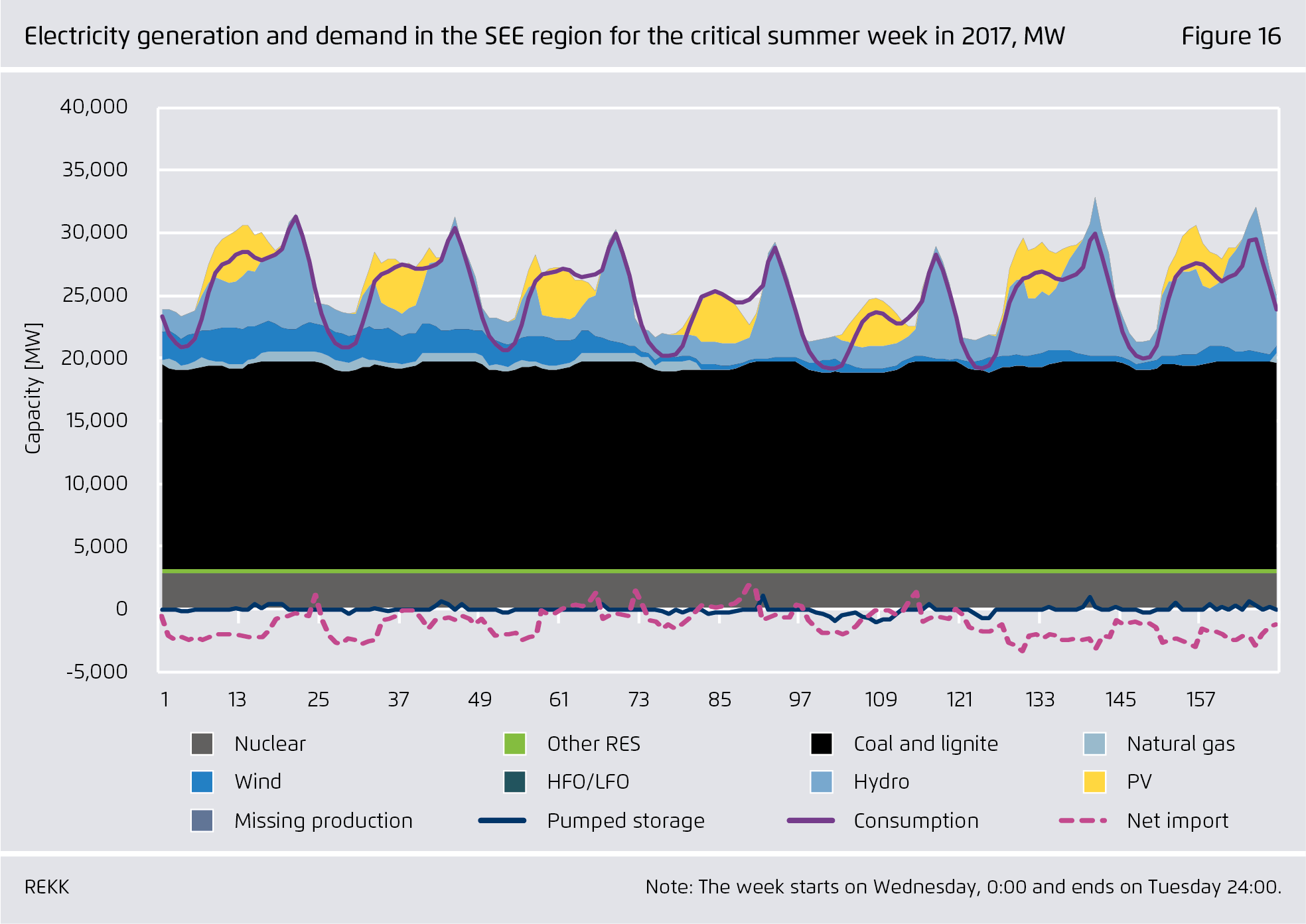
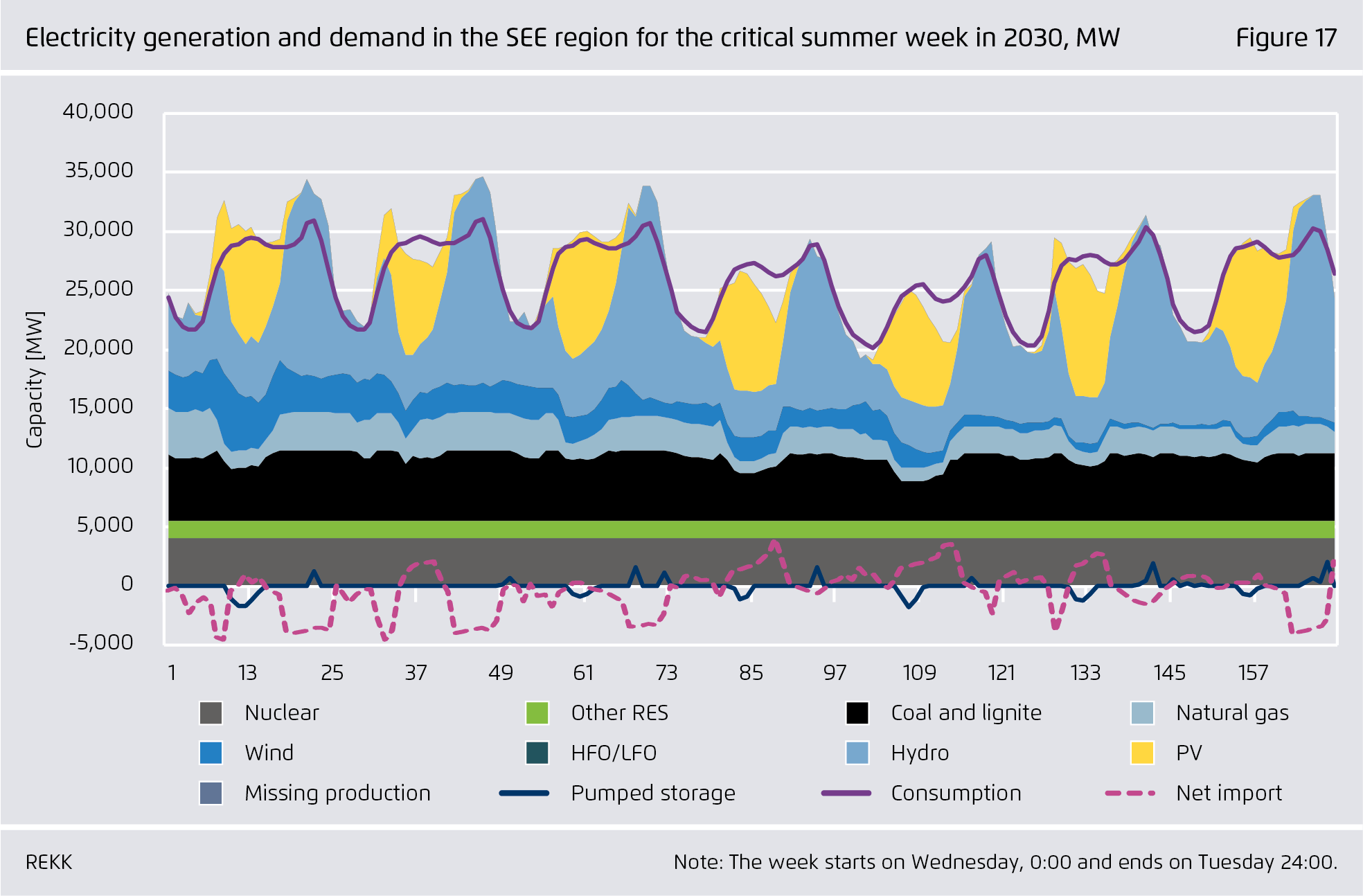
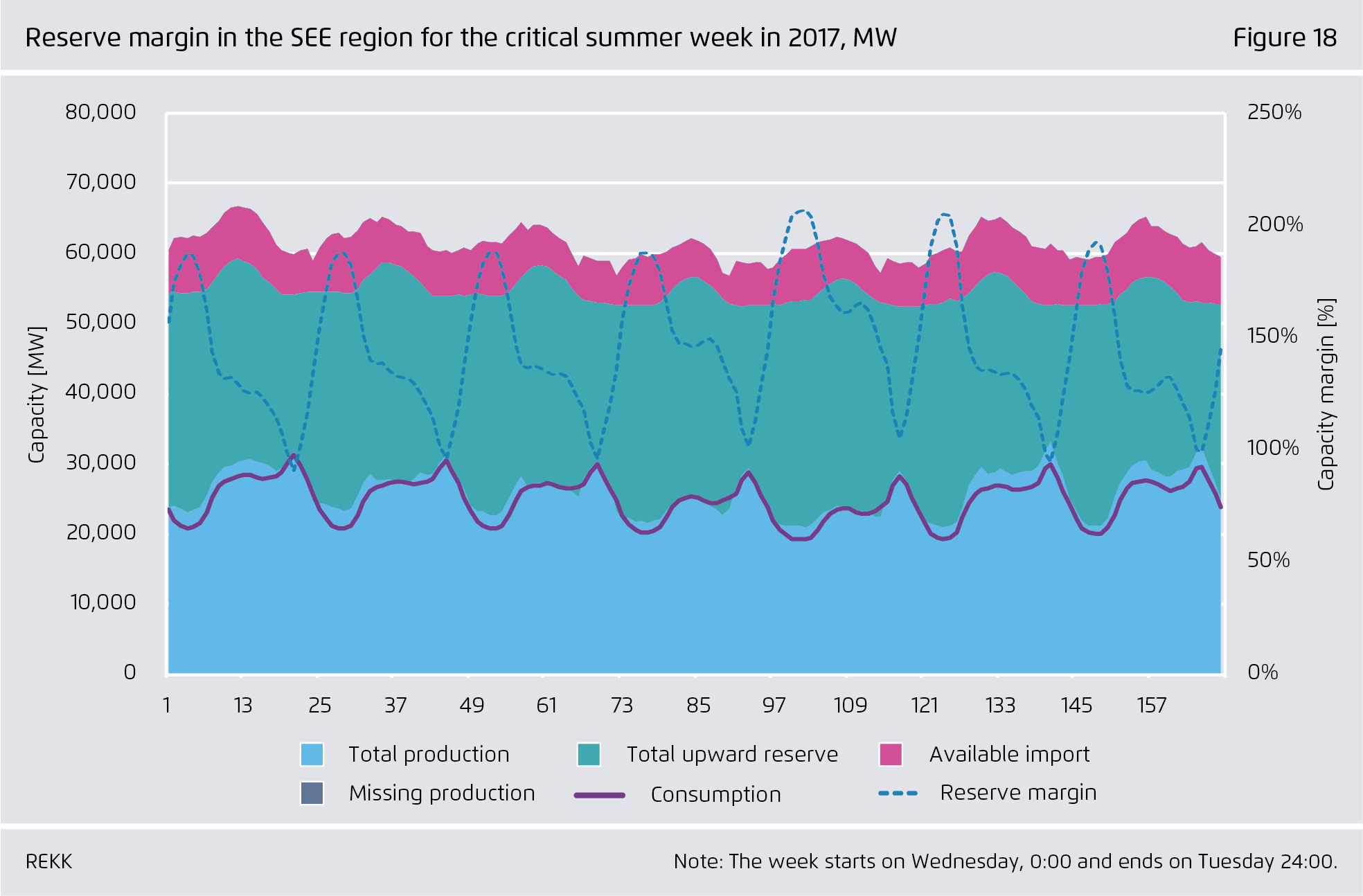
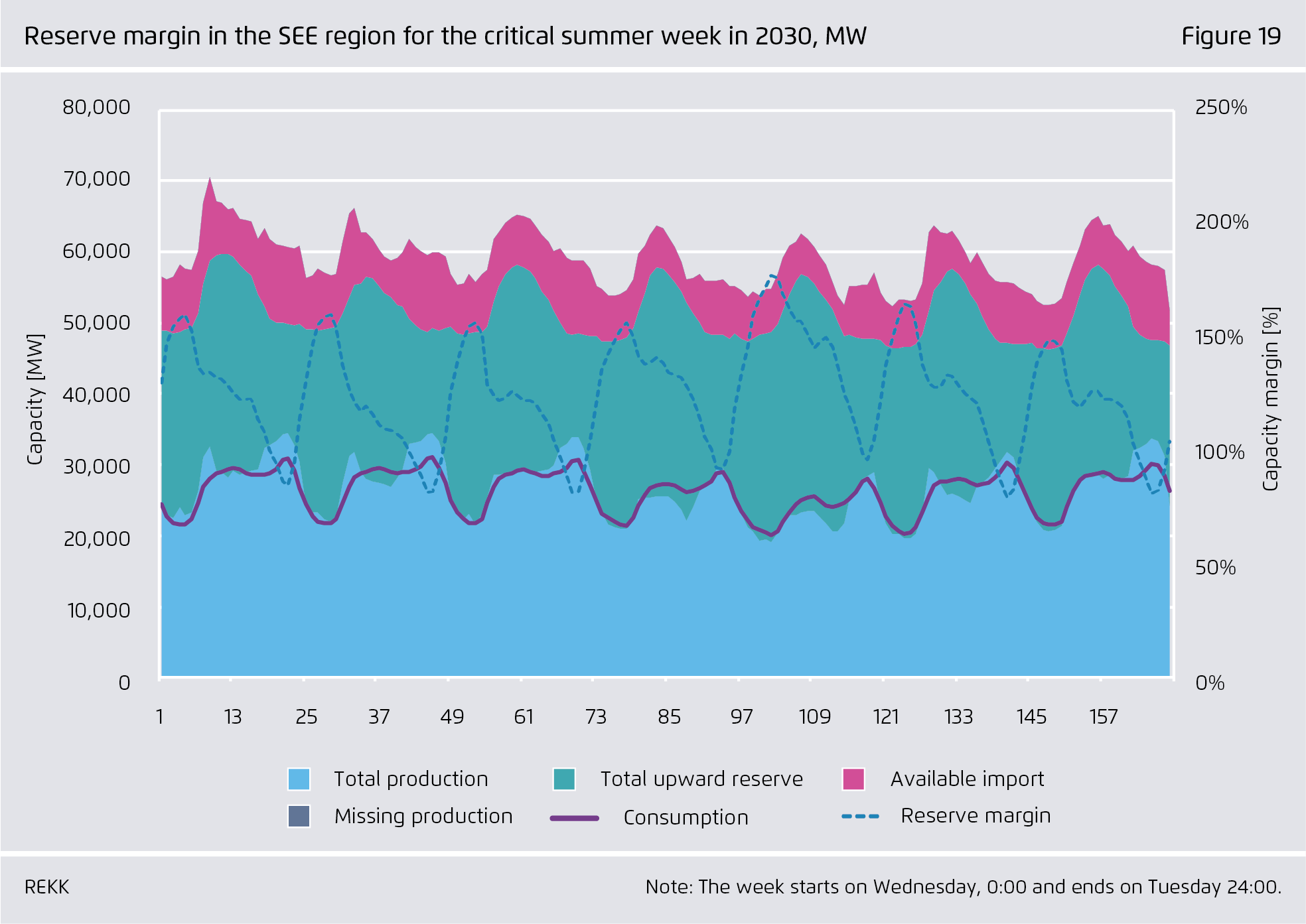
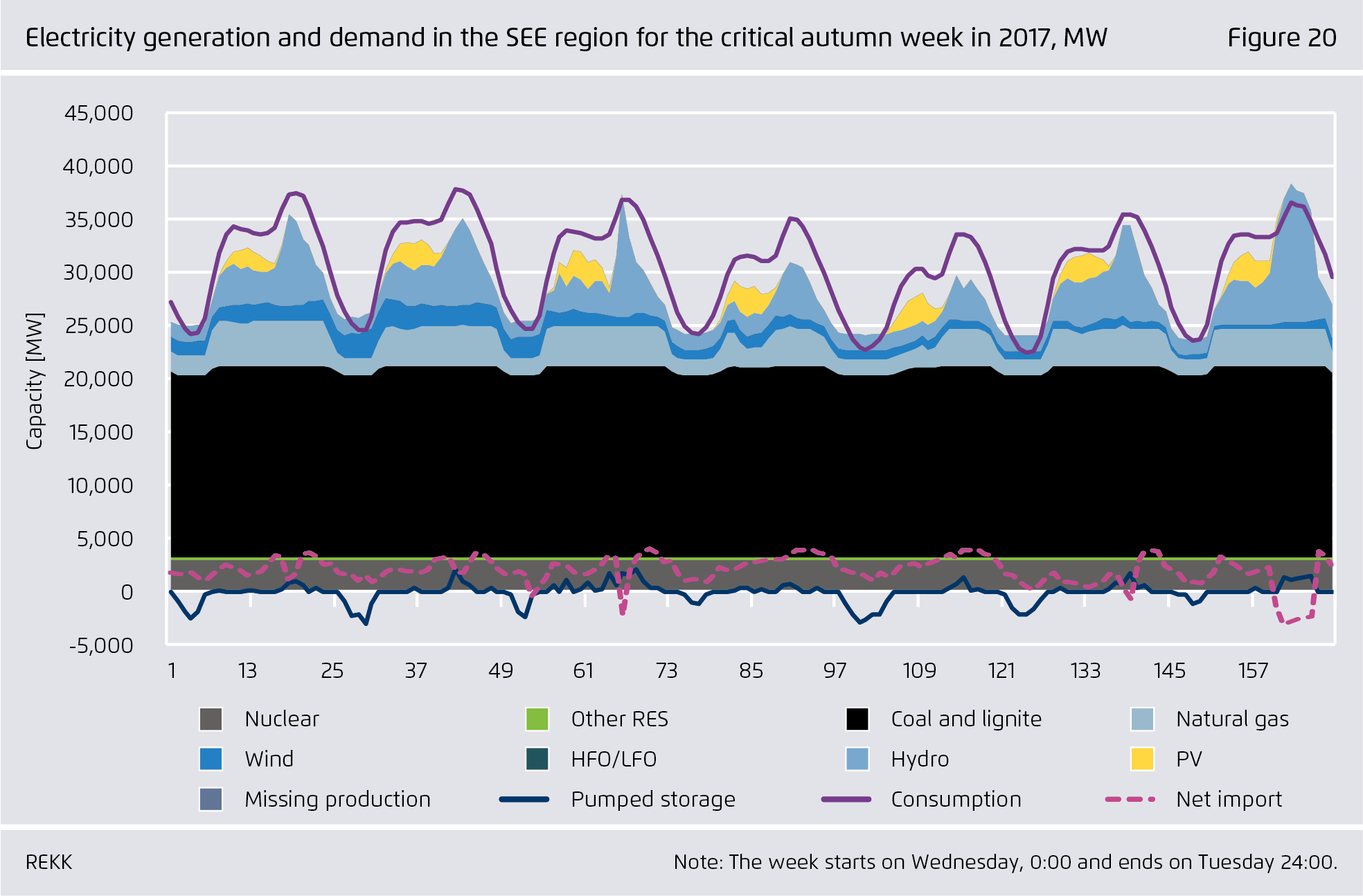
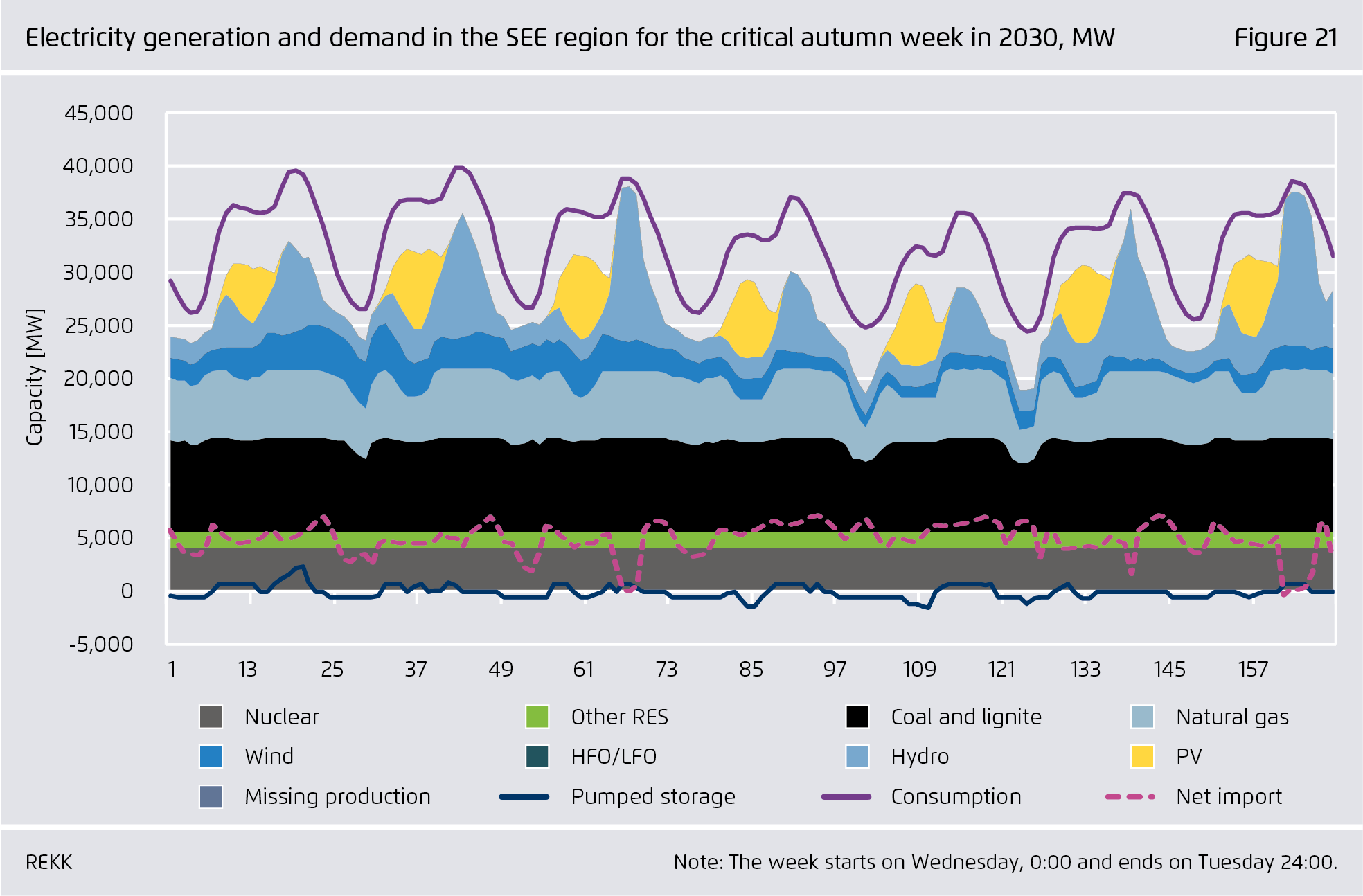
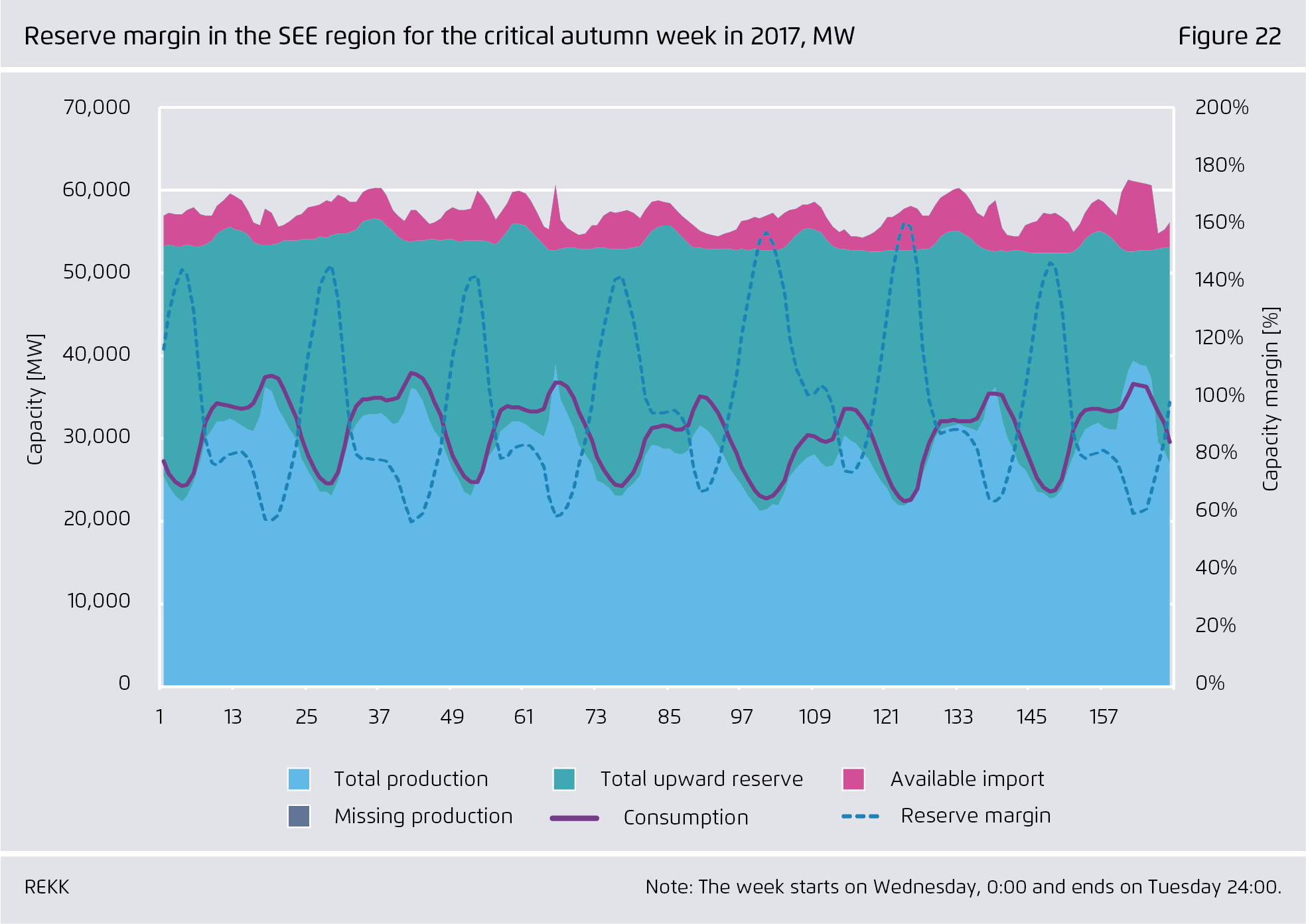
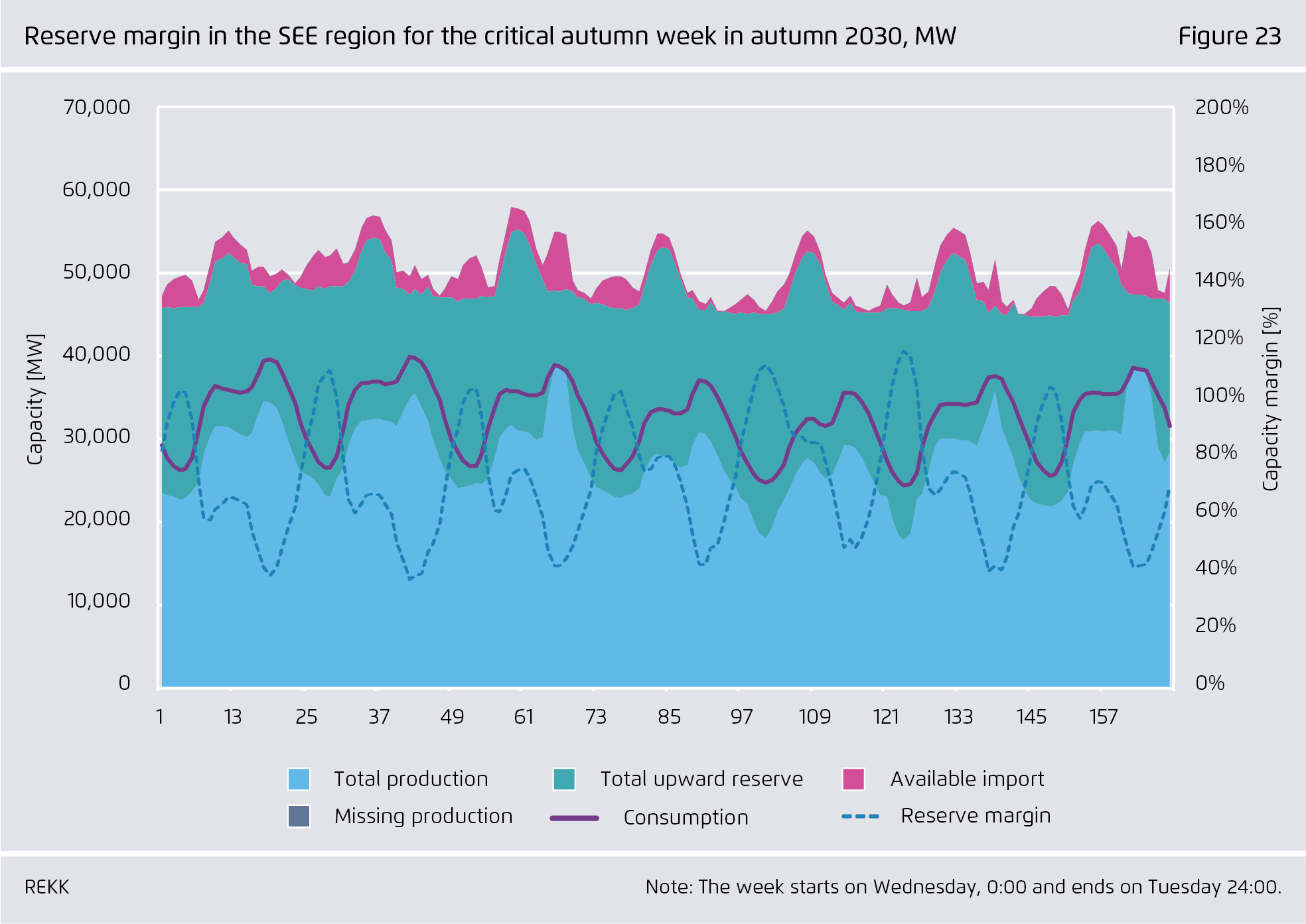
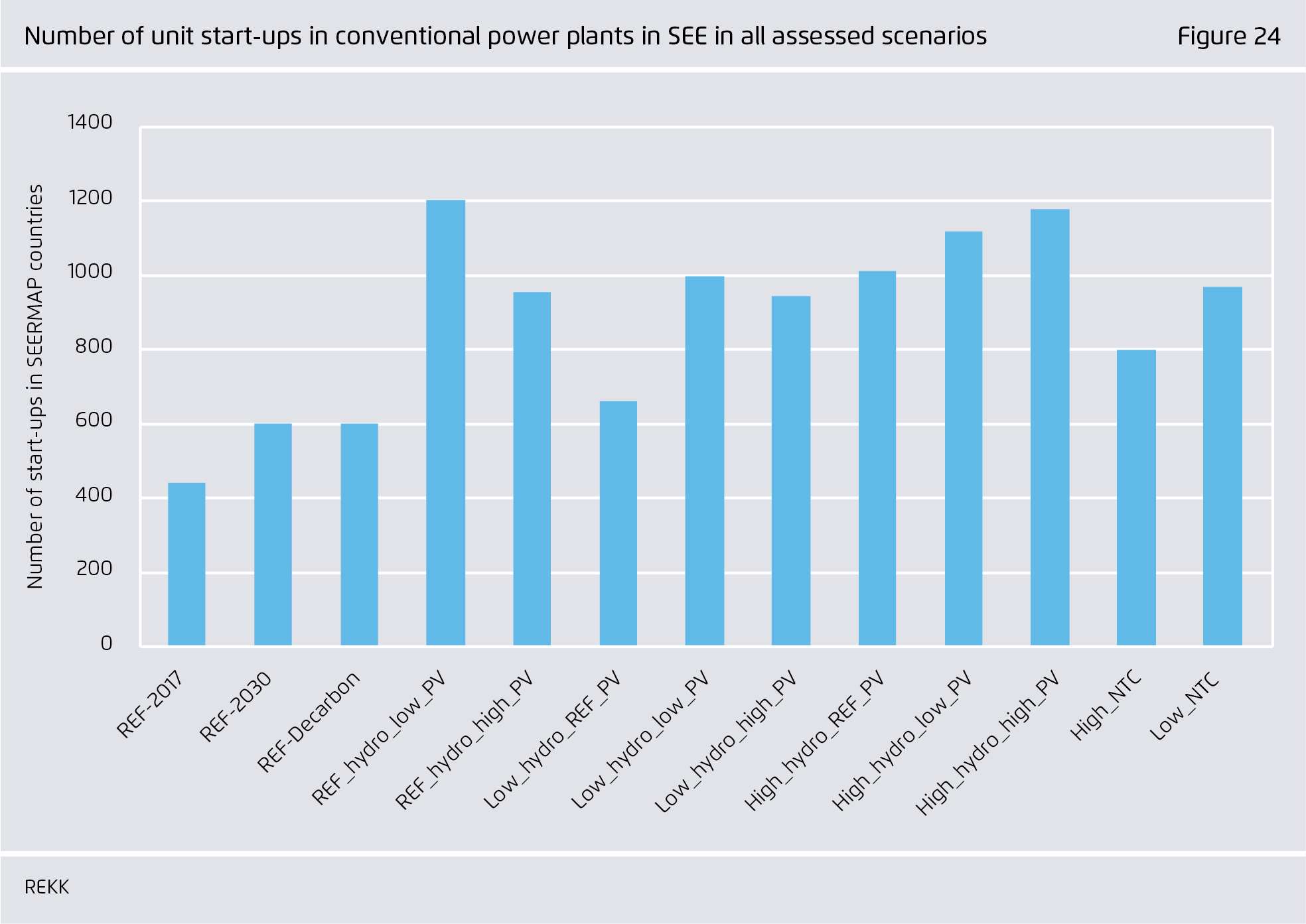
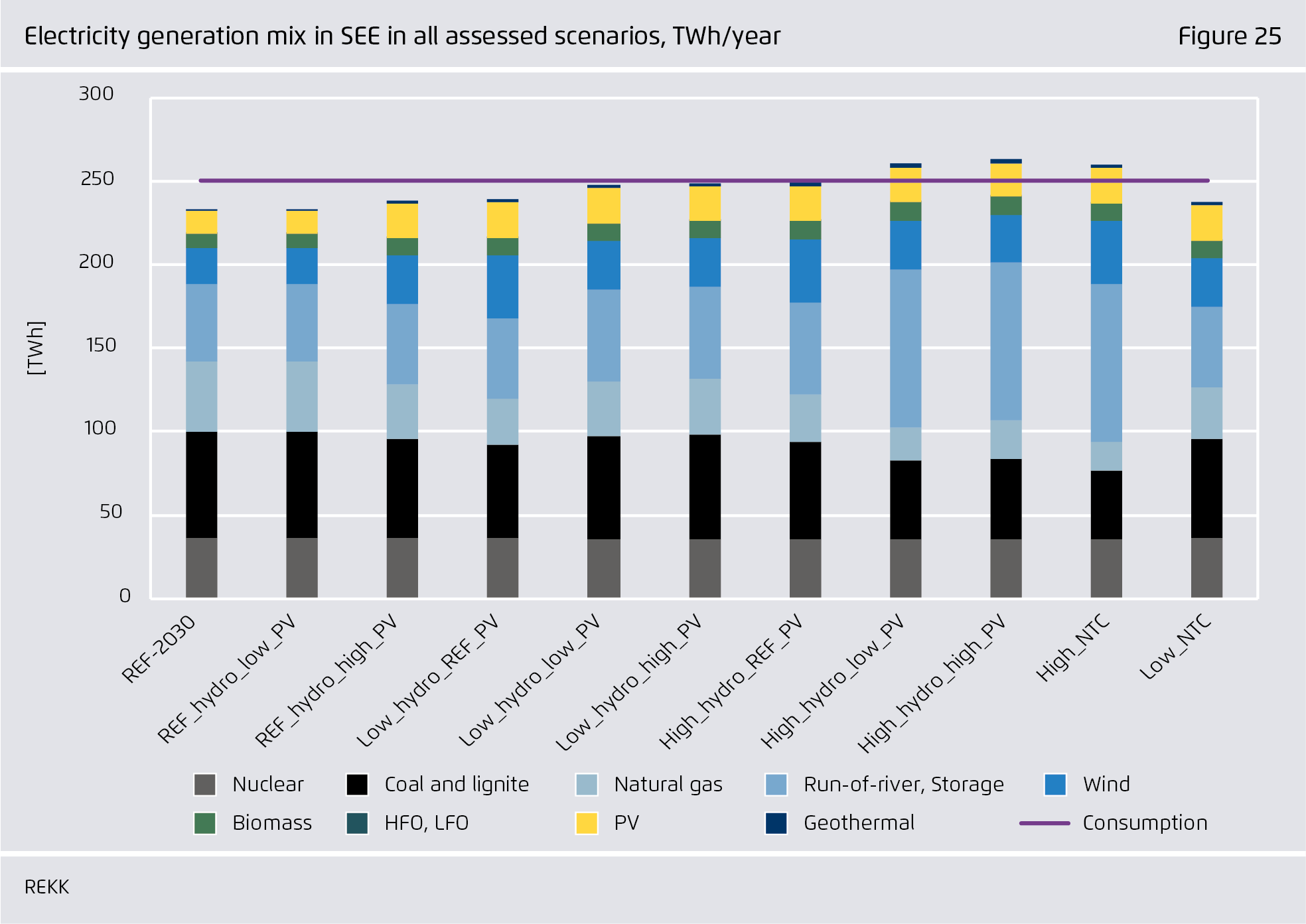
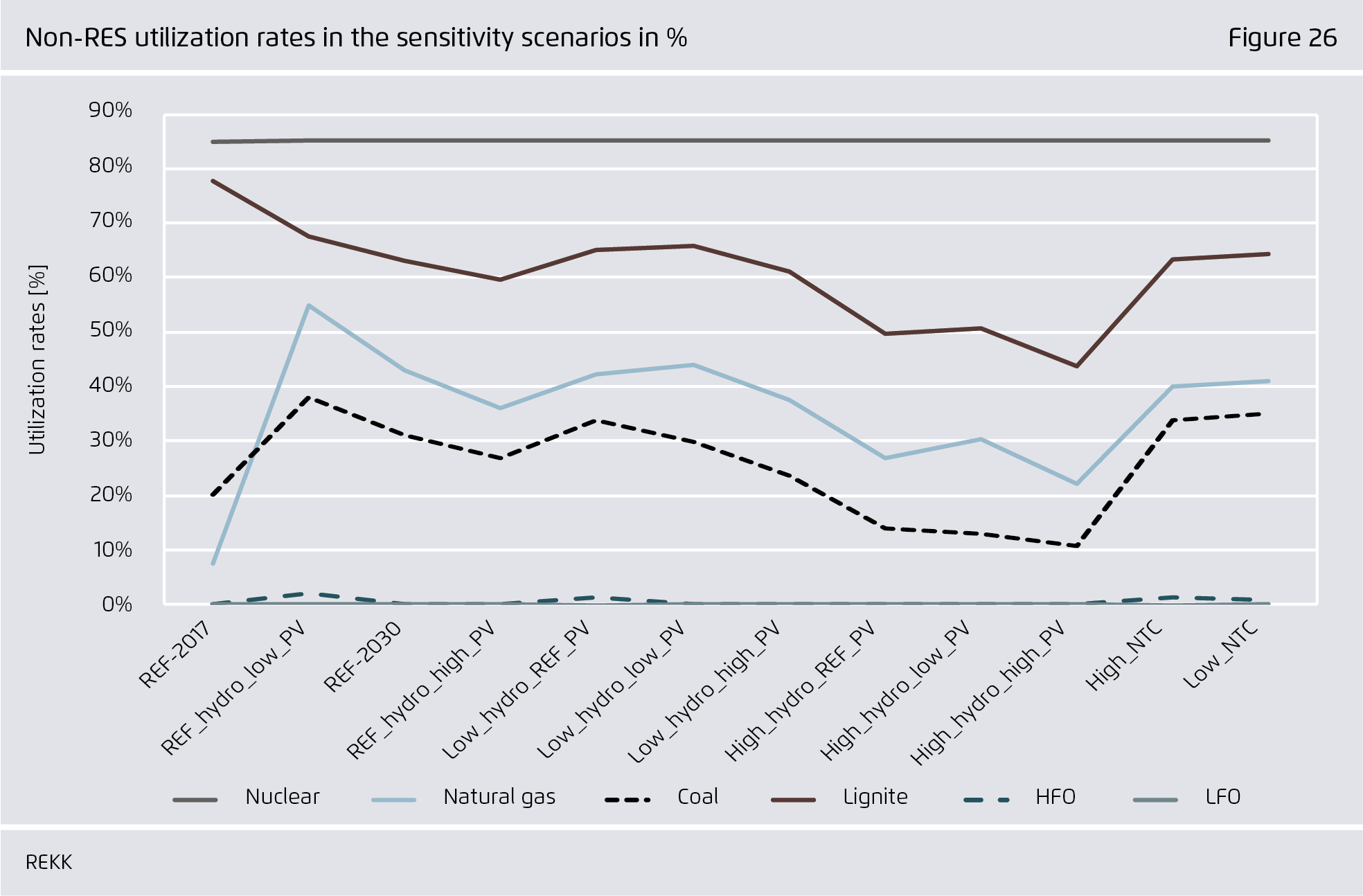
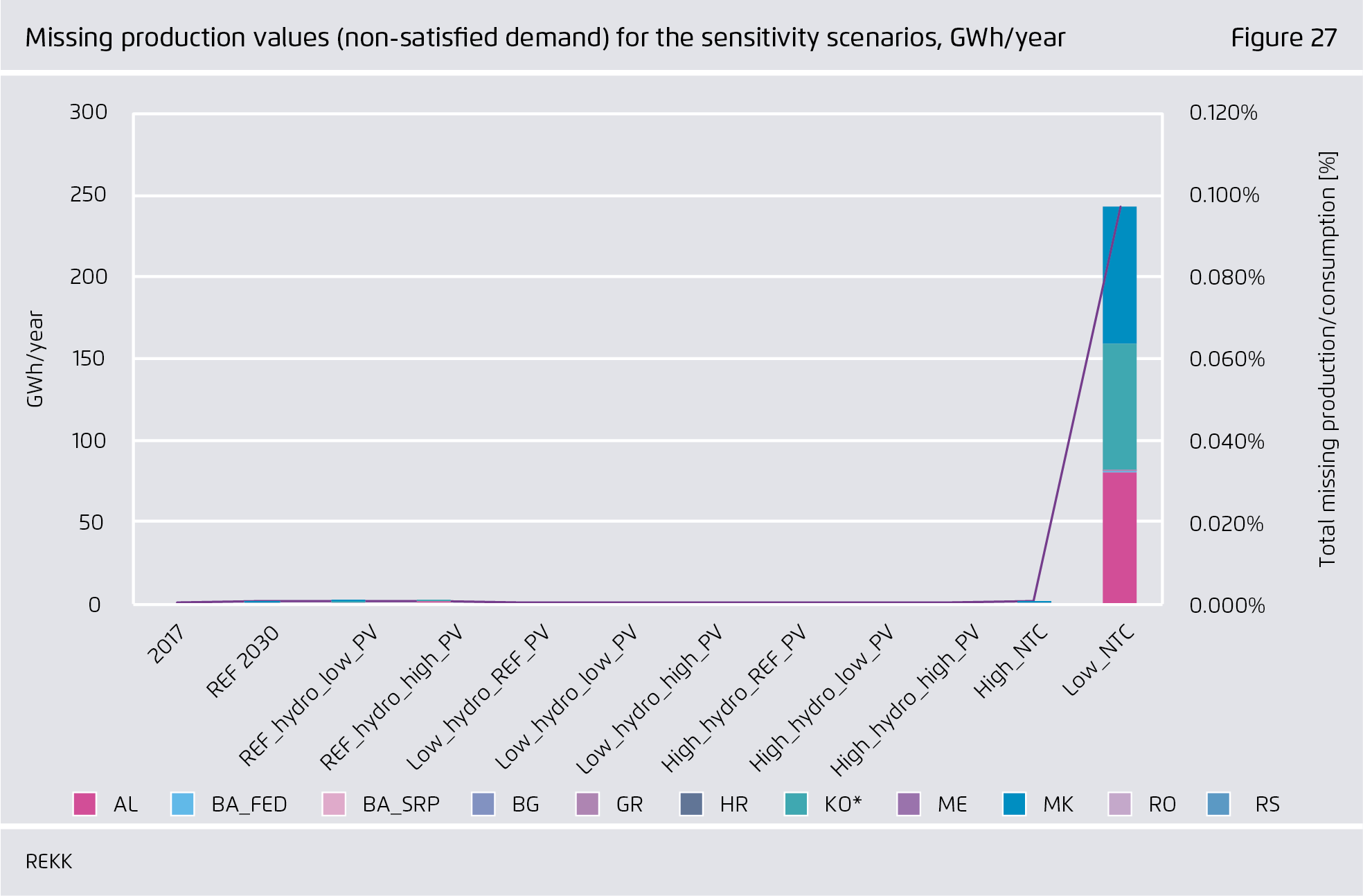
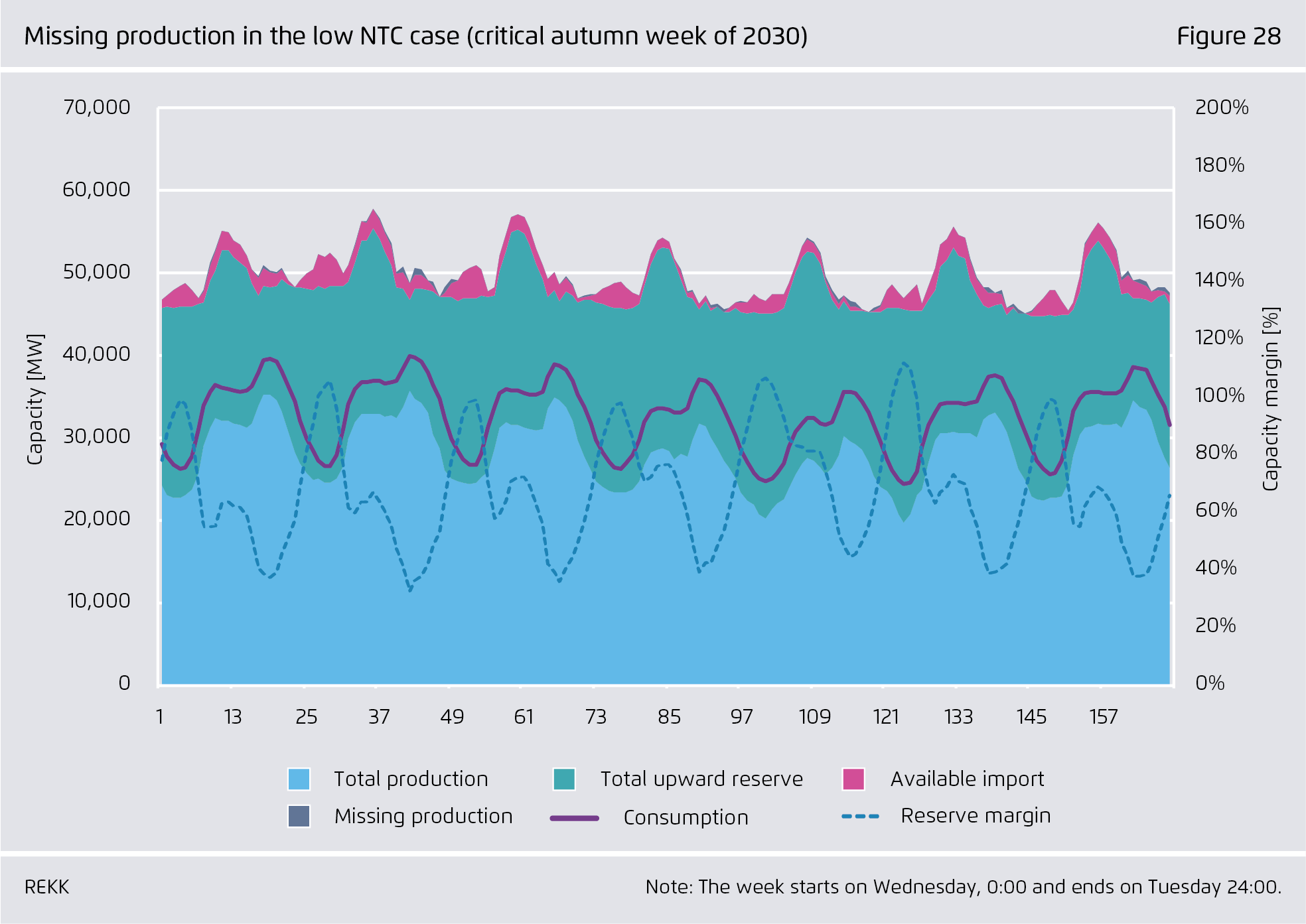
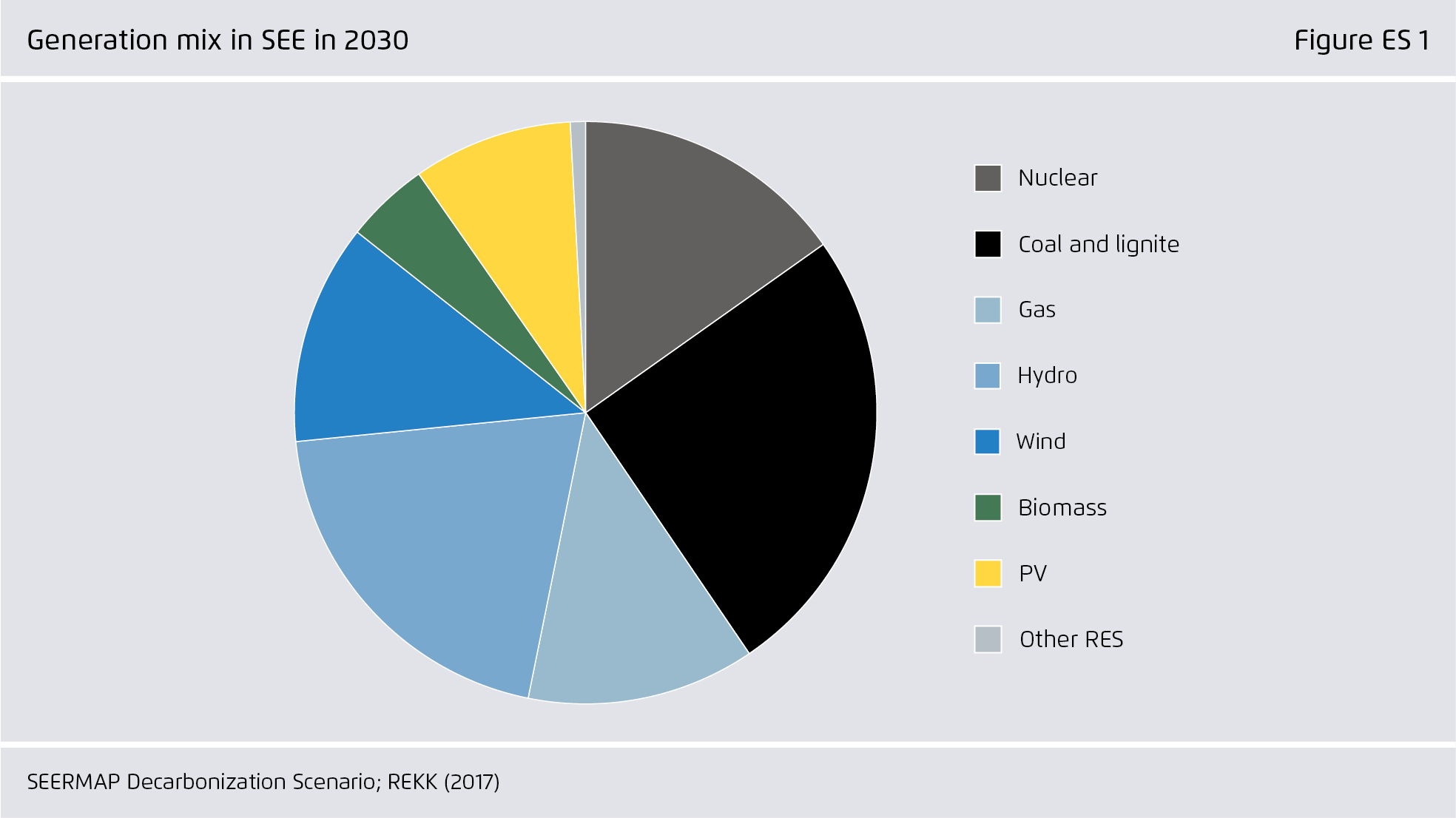
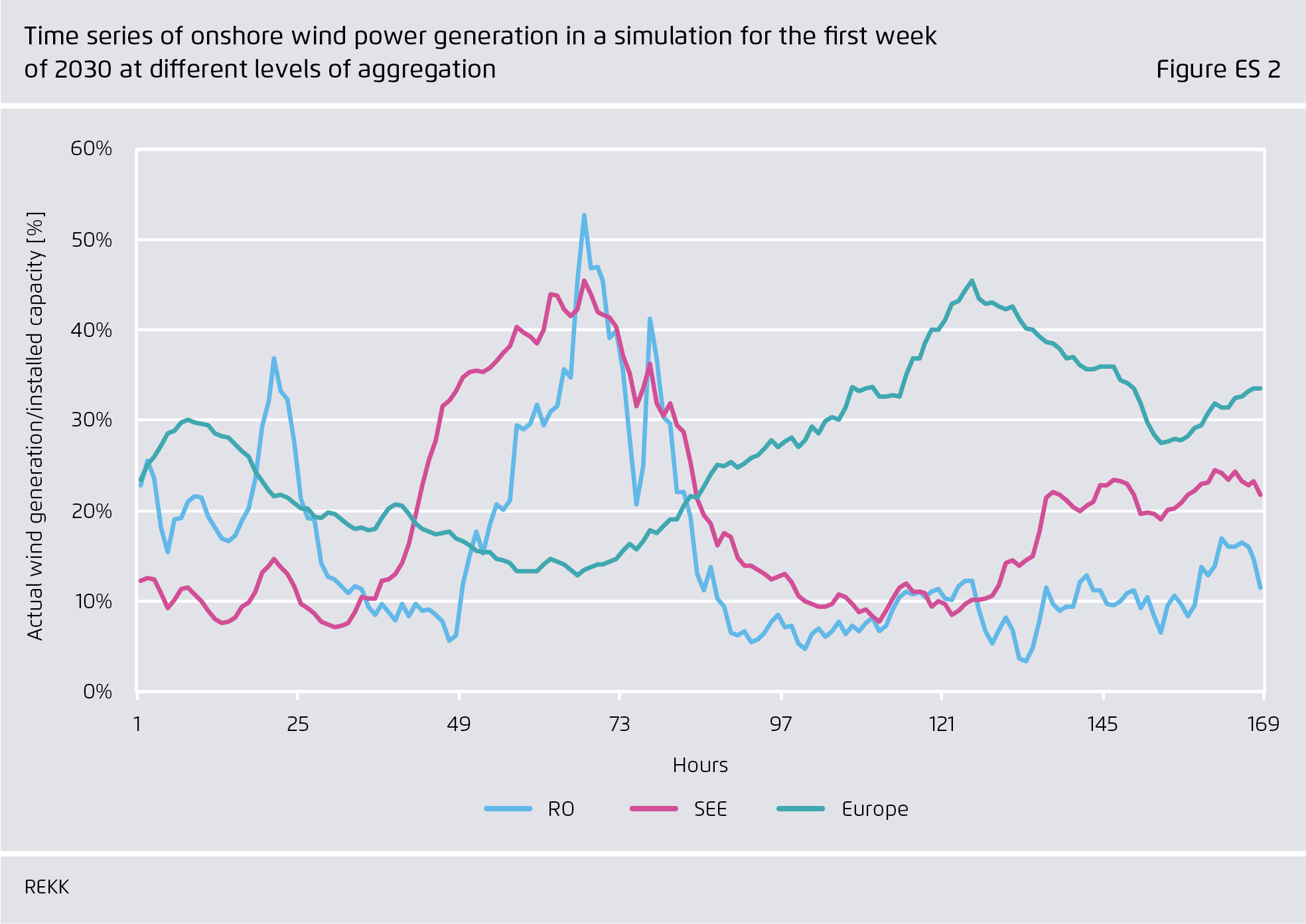
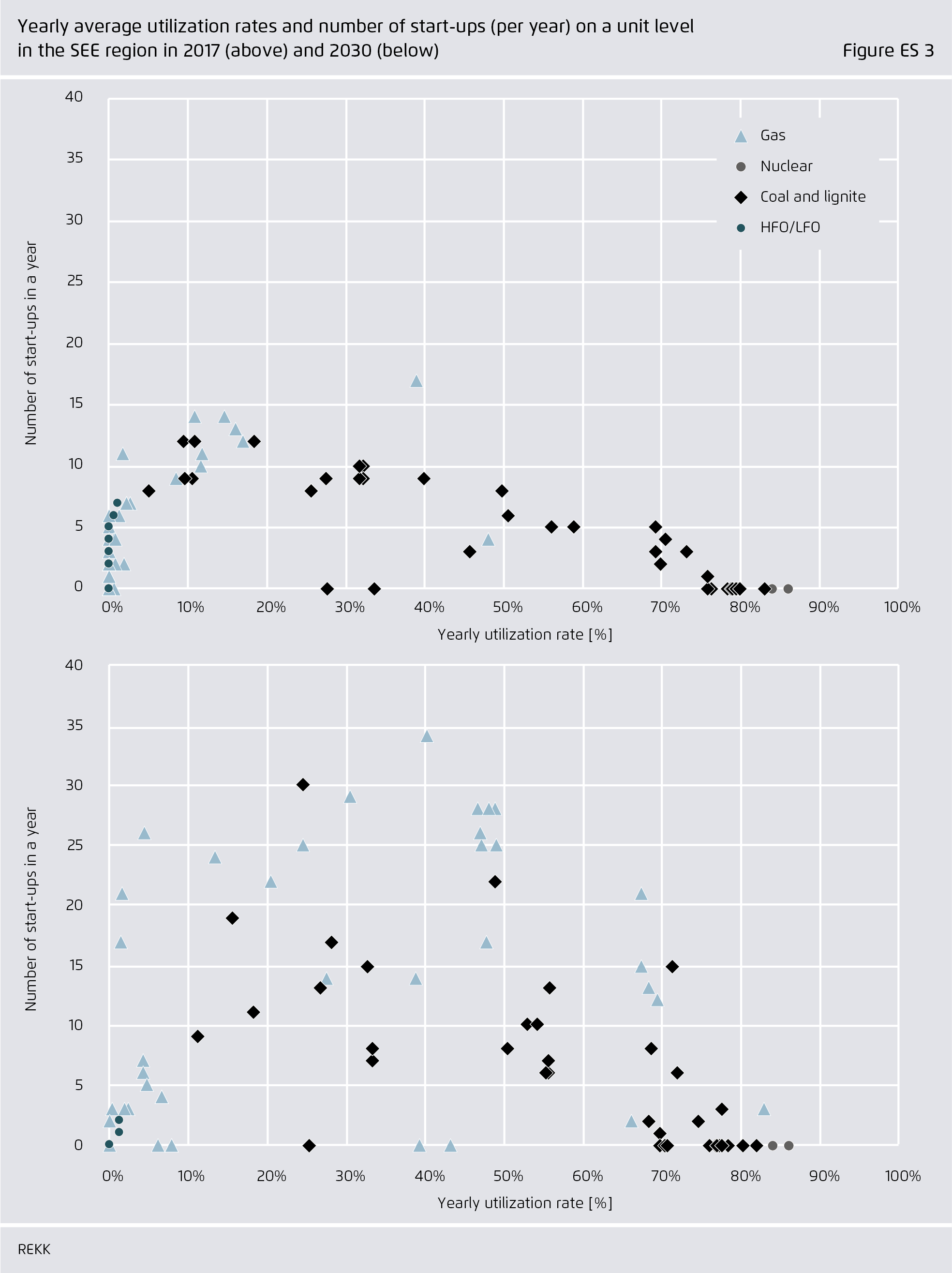
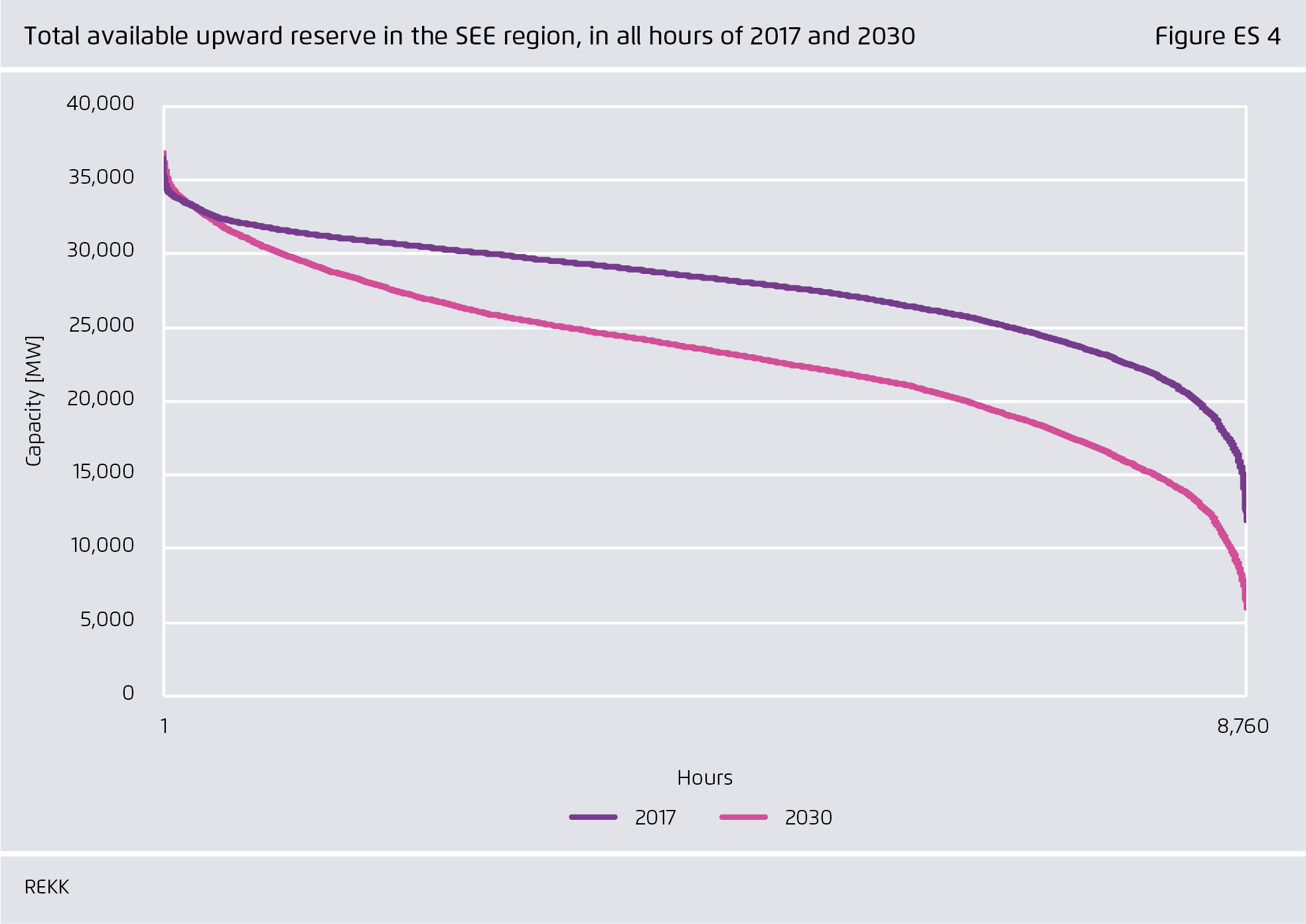
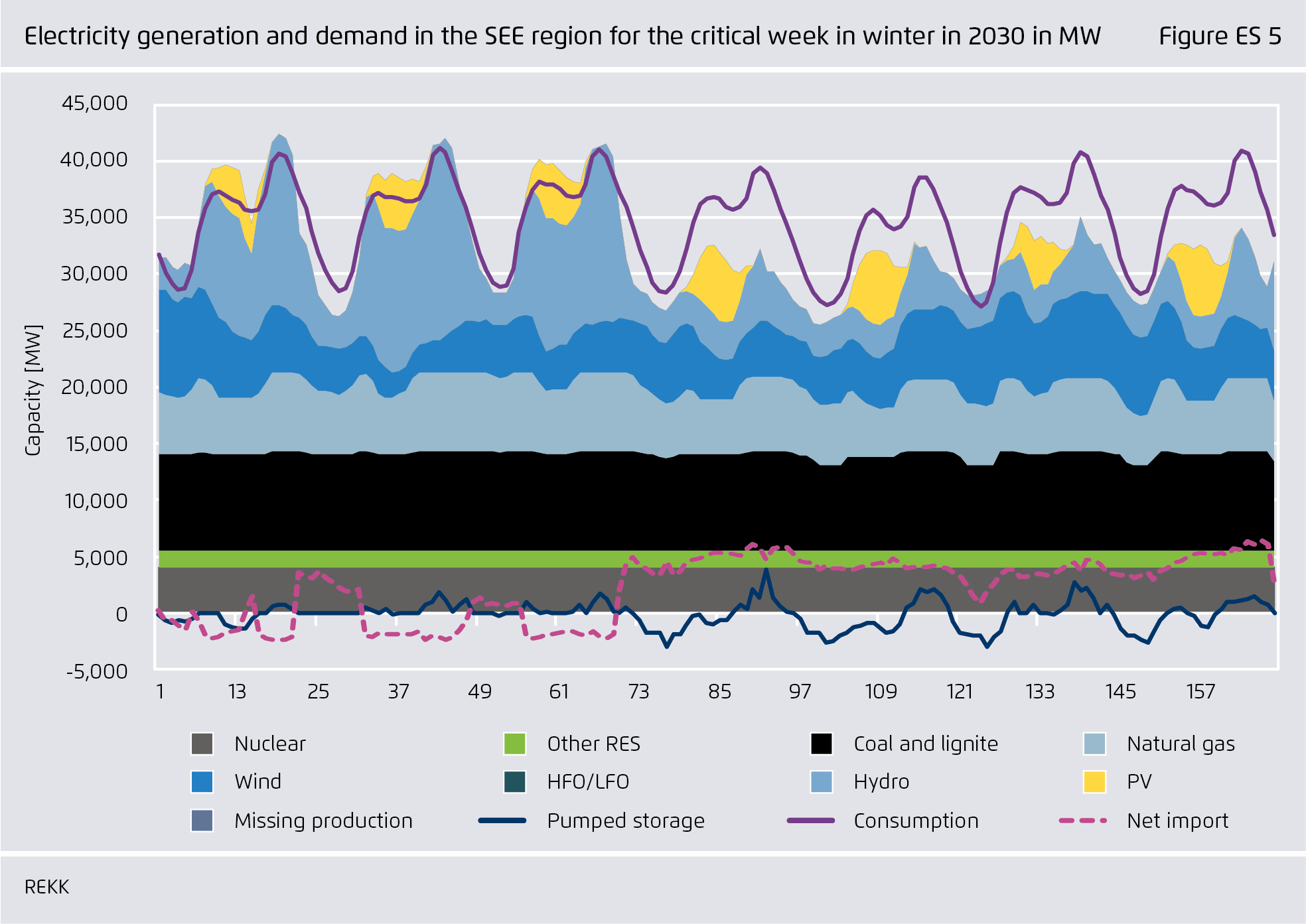
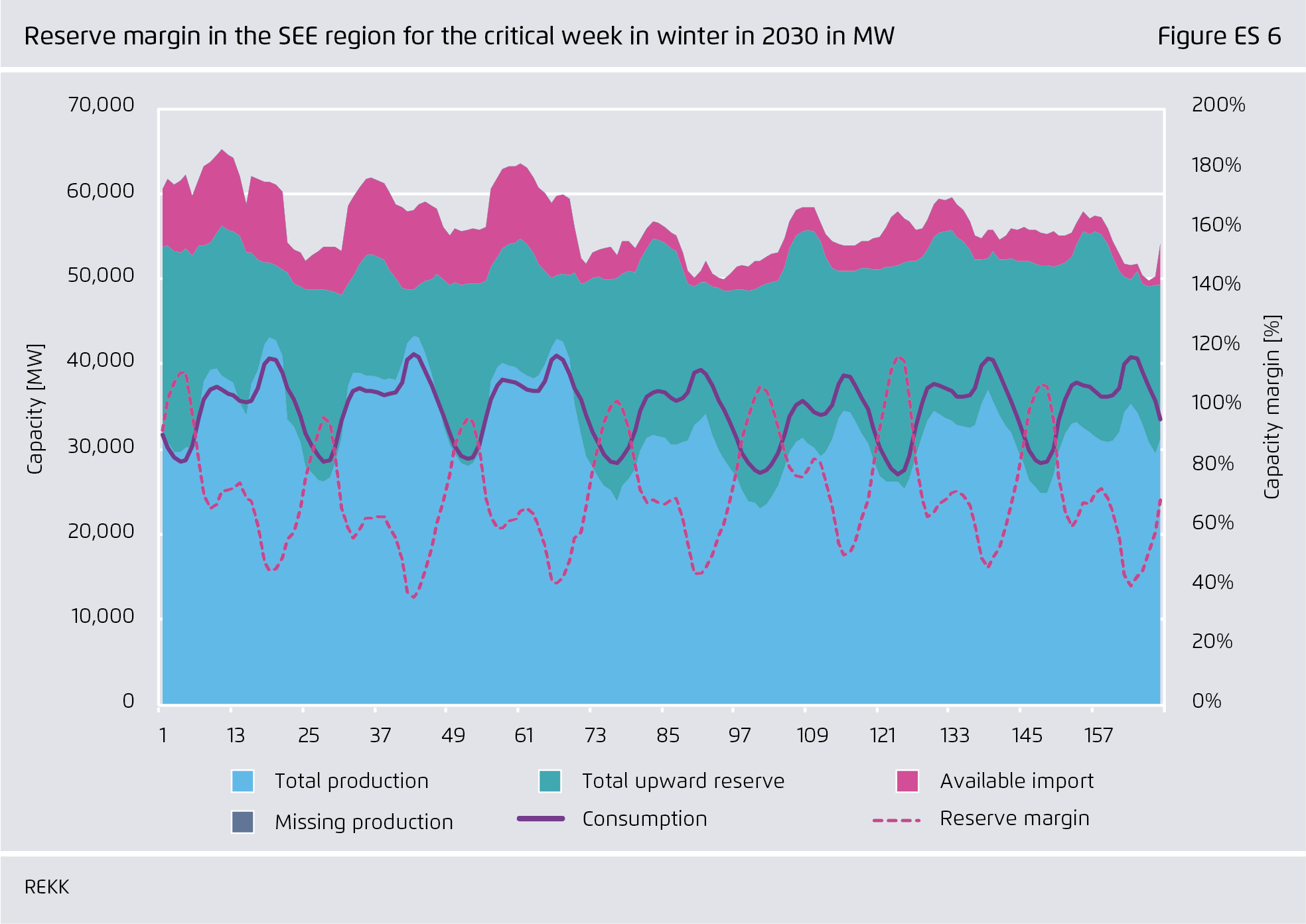
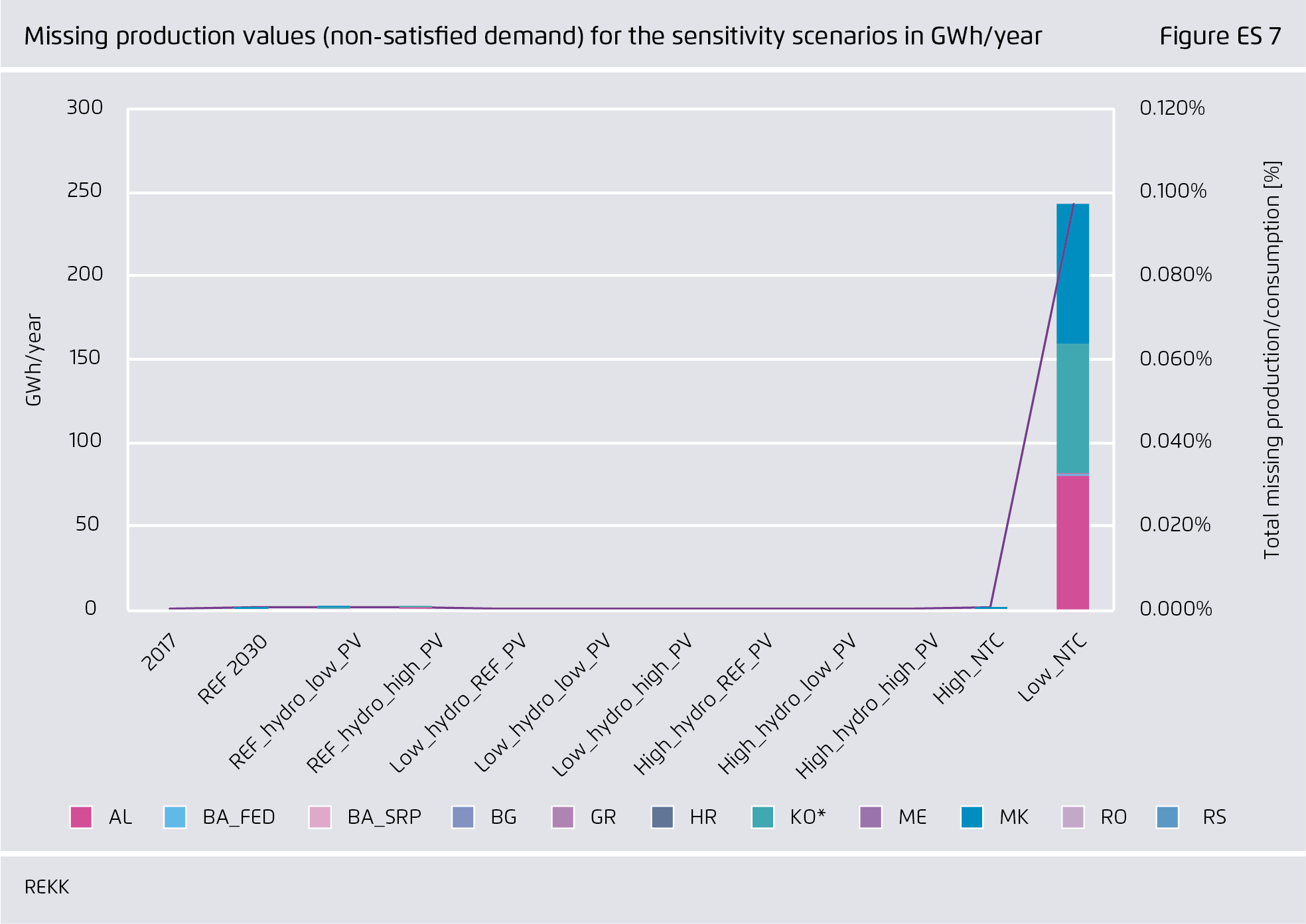
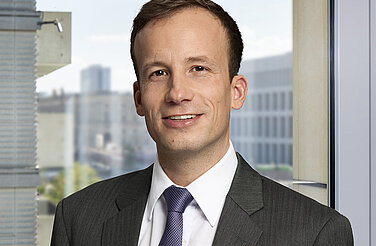


![Greater supply security, lower costs, more climate protection: How renewable energies improve the electricity system in Southeast Europe [Translate to English:]](/fileadmin/_processed_/7/1/csm_iStock-183376021_c58b890417.jpg)